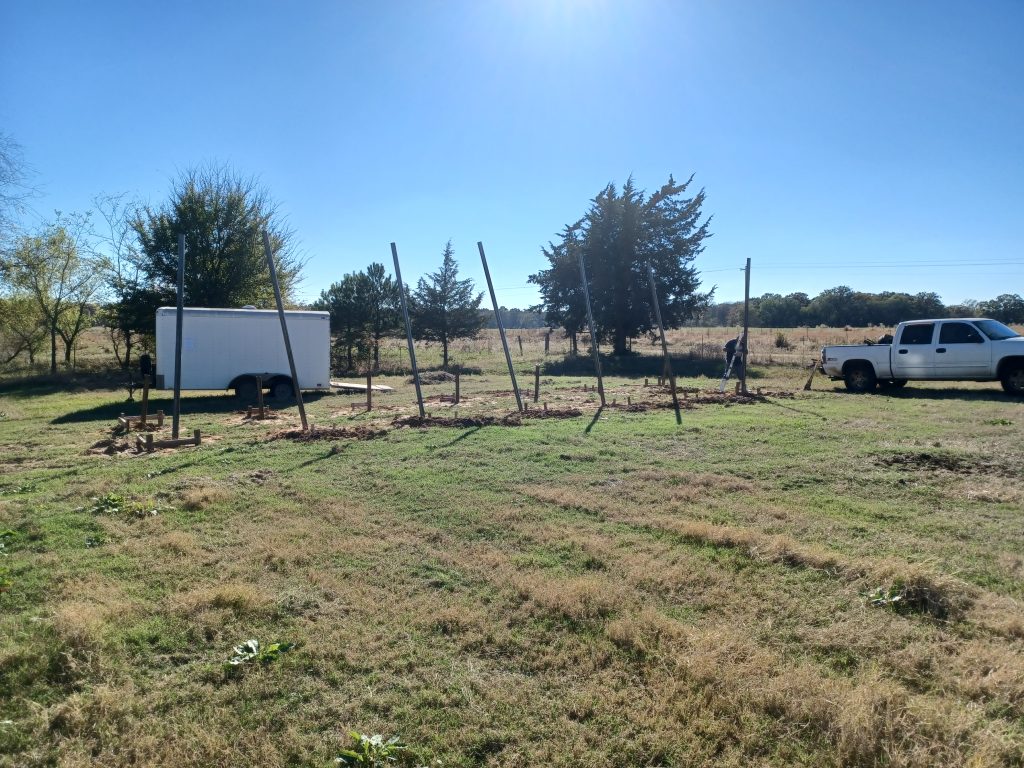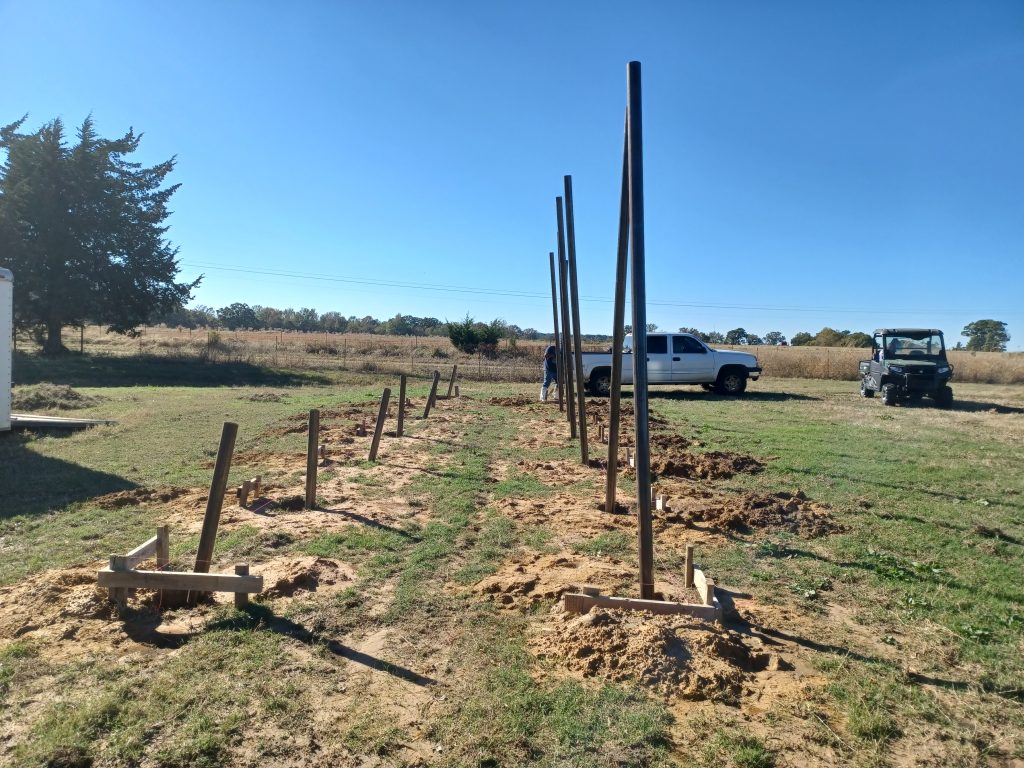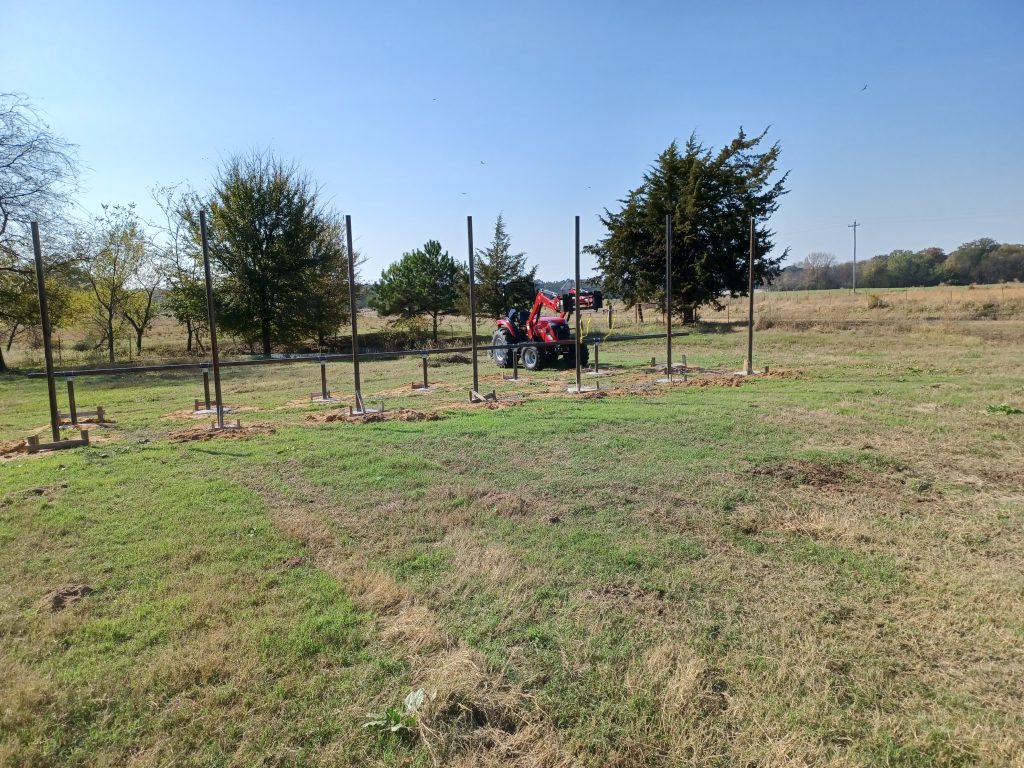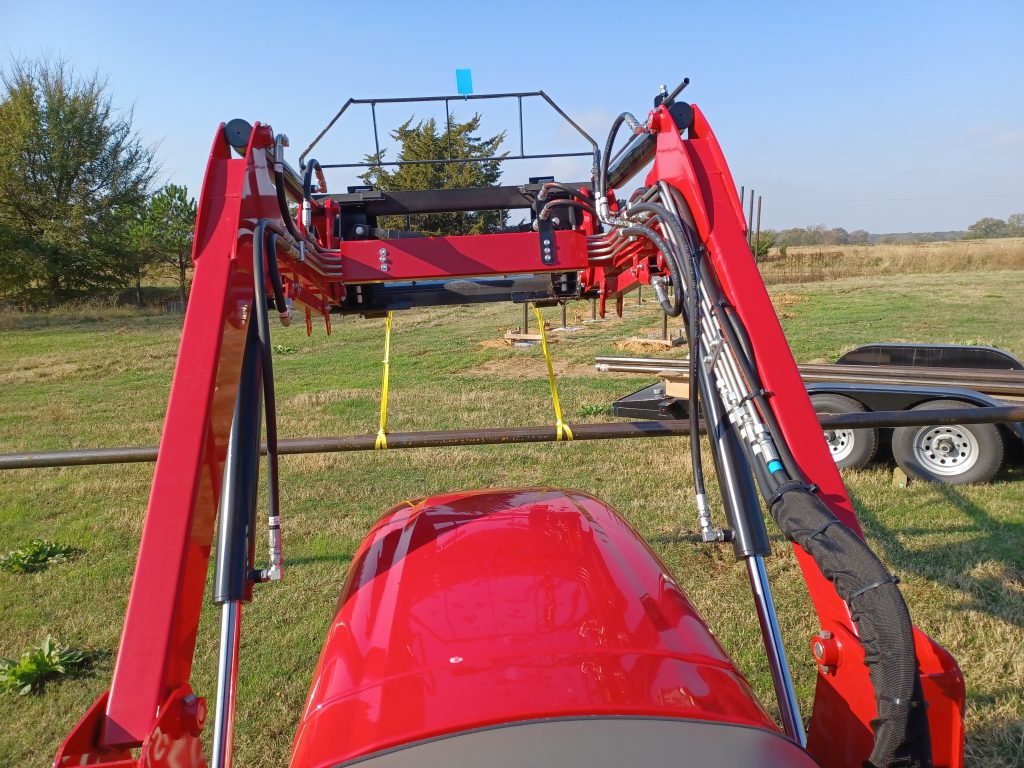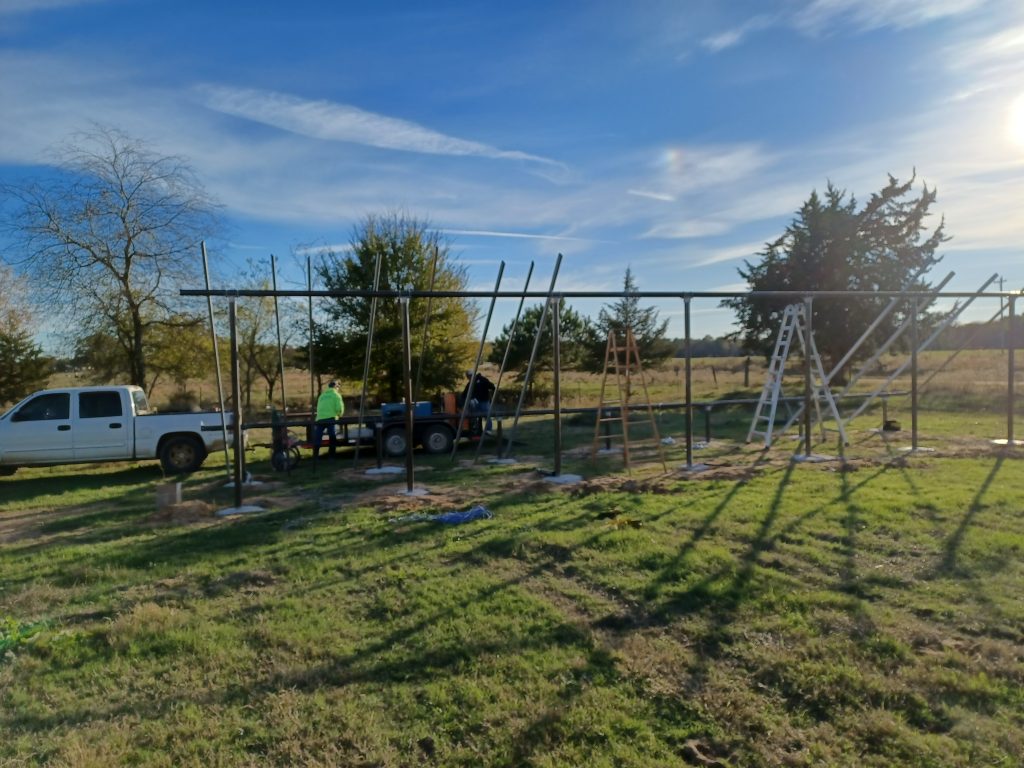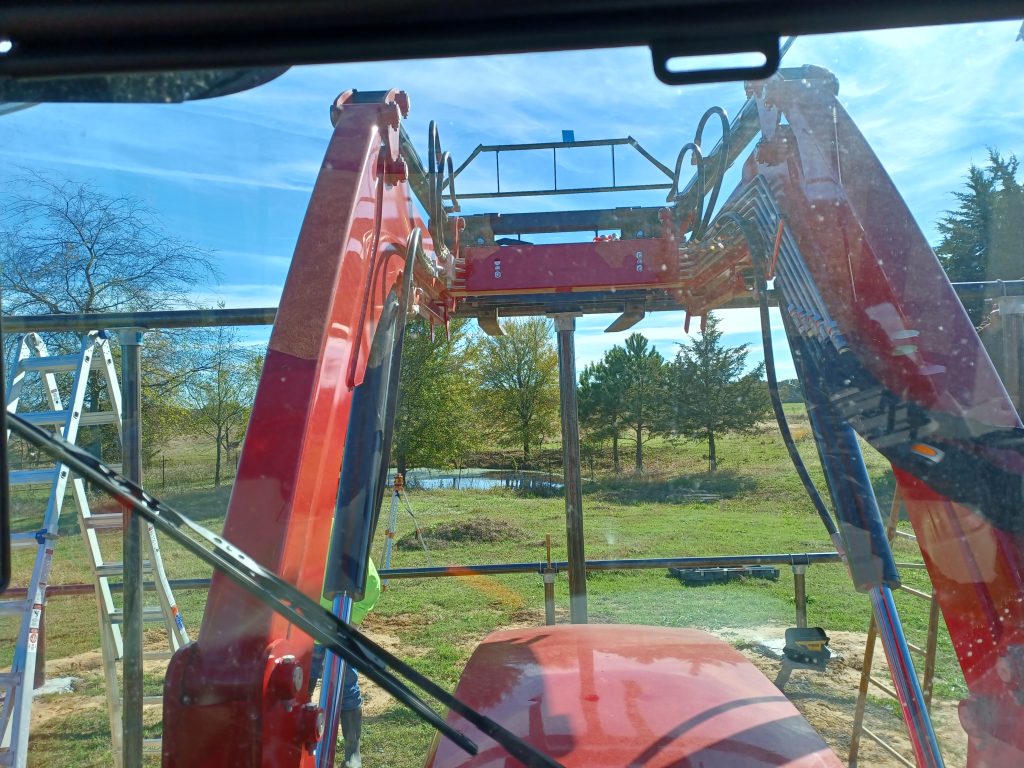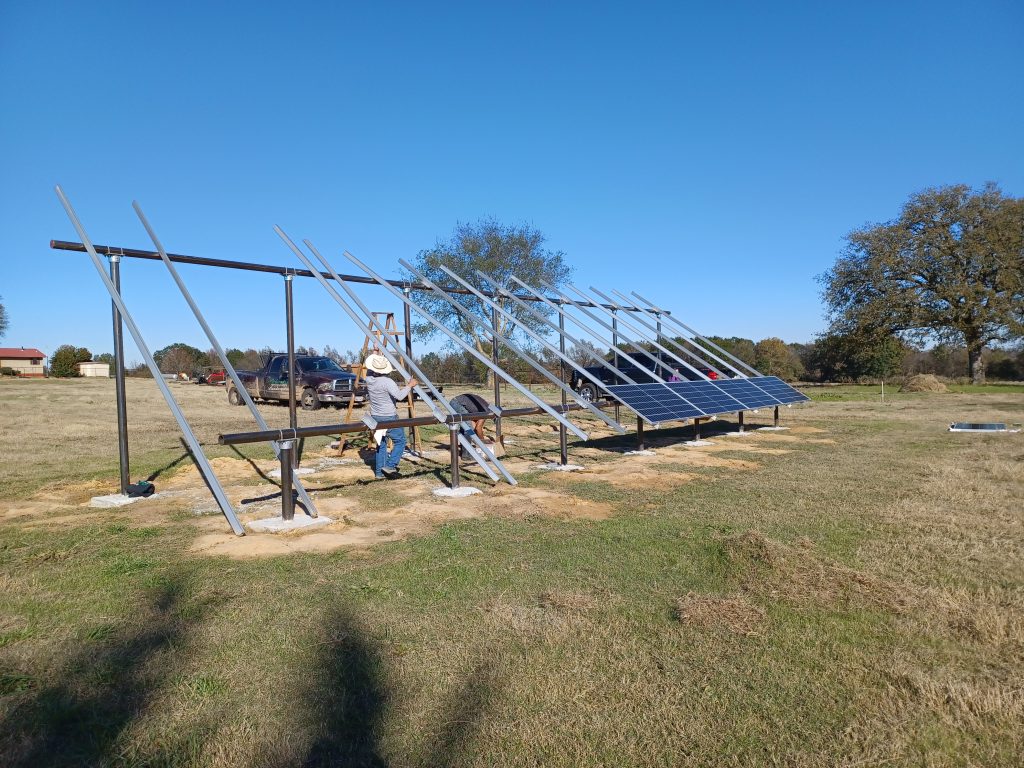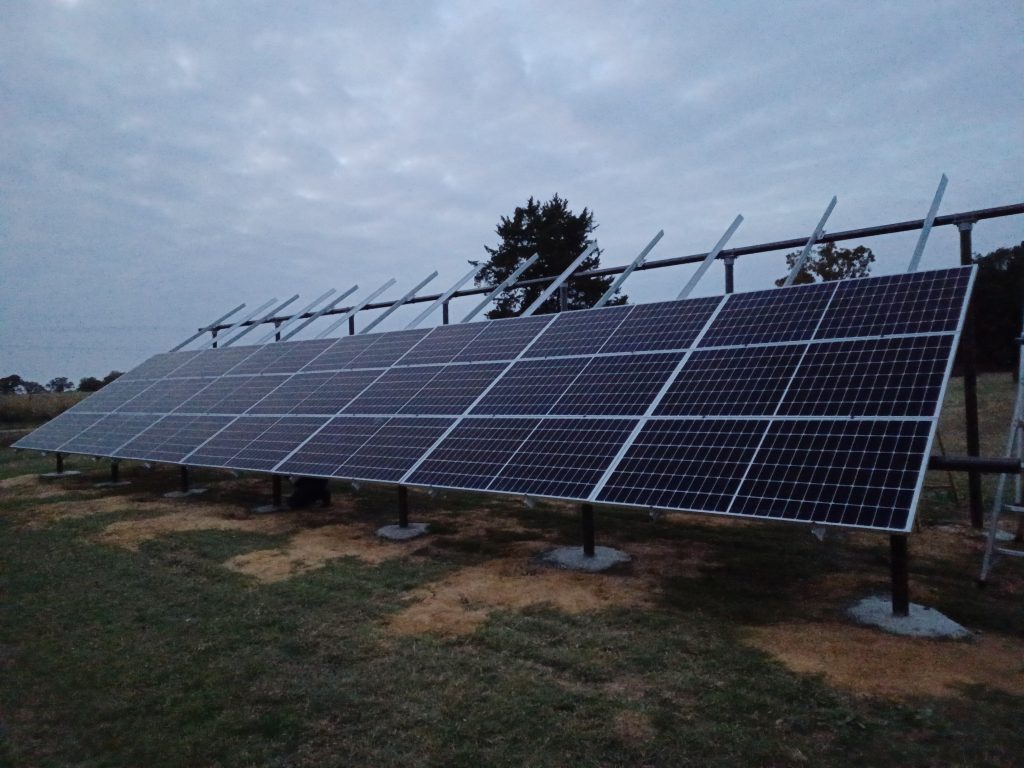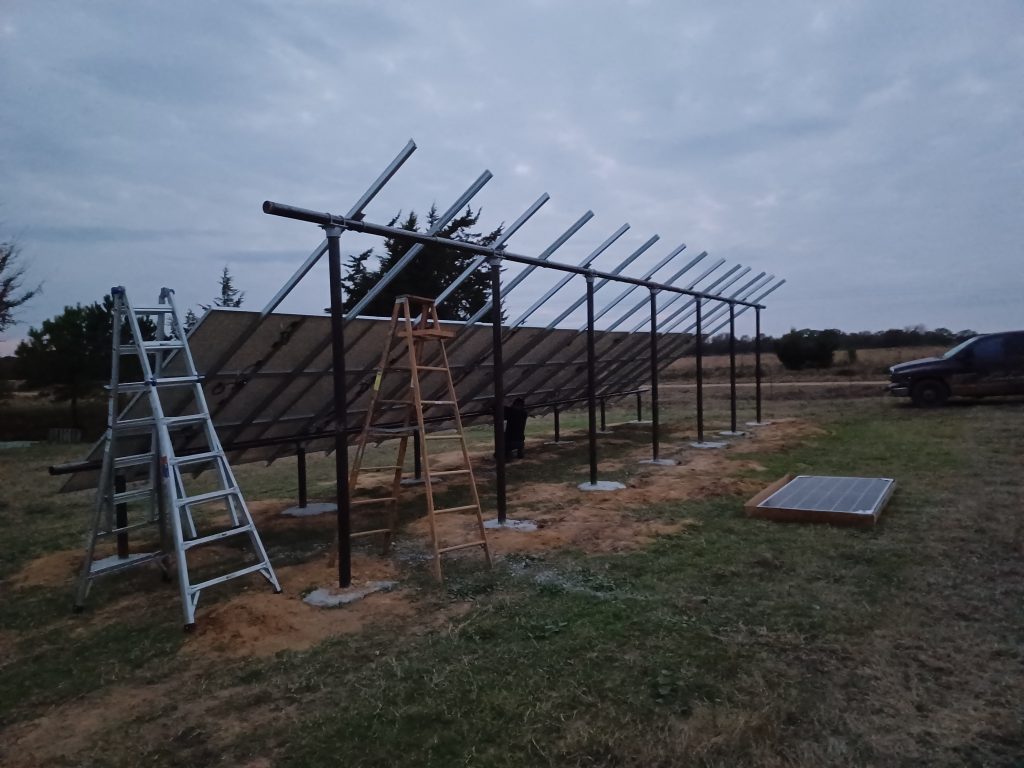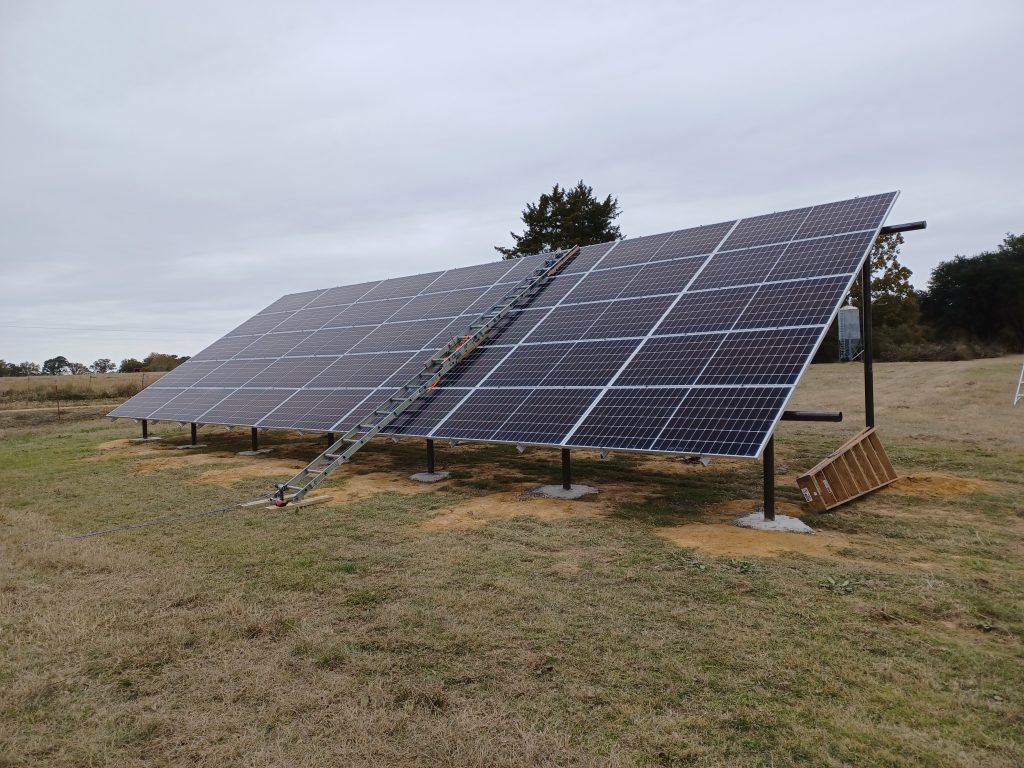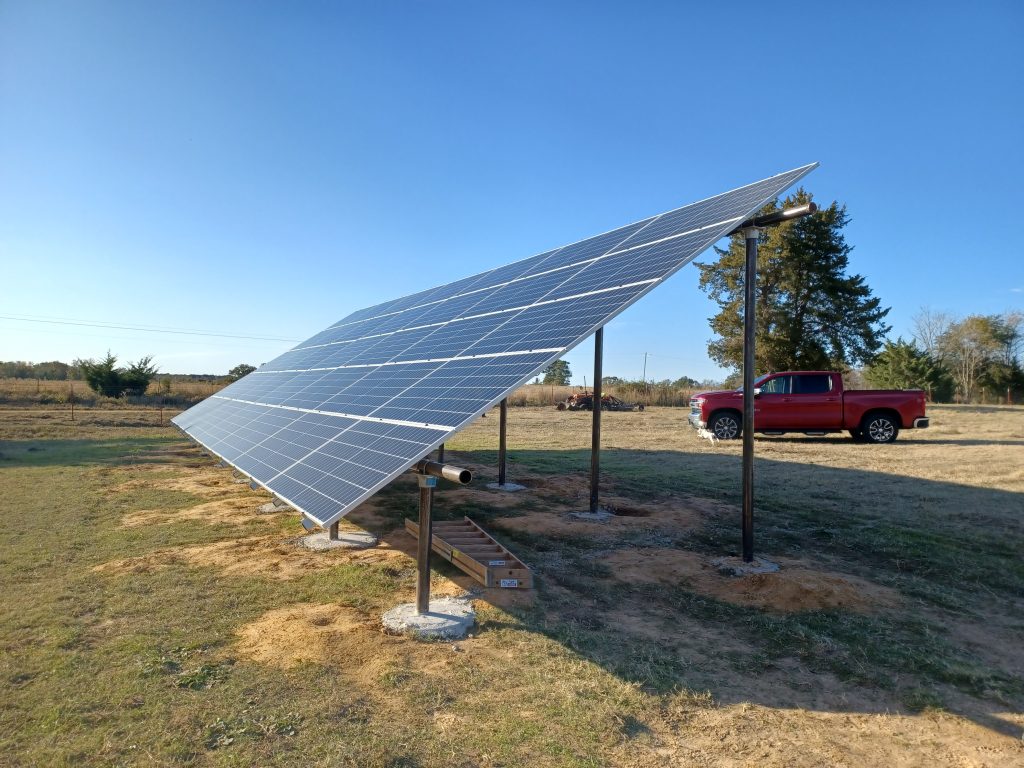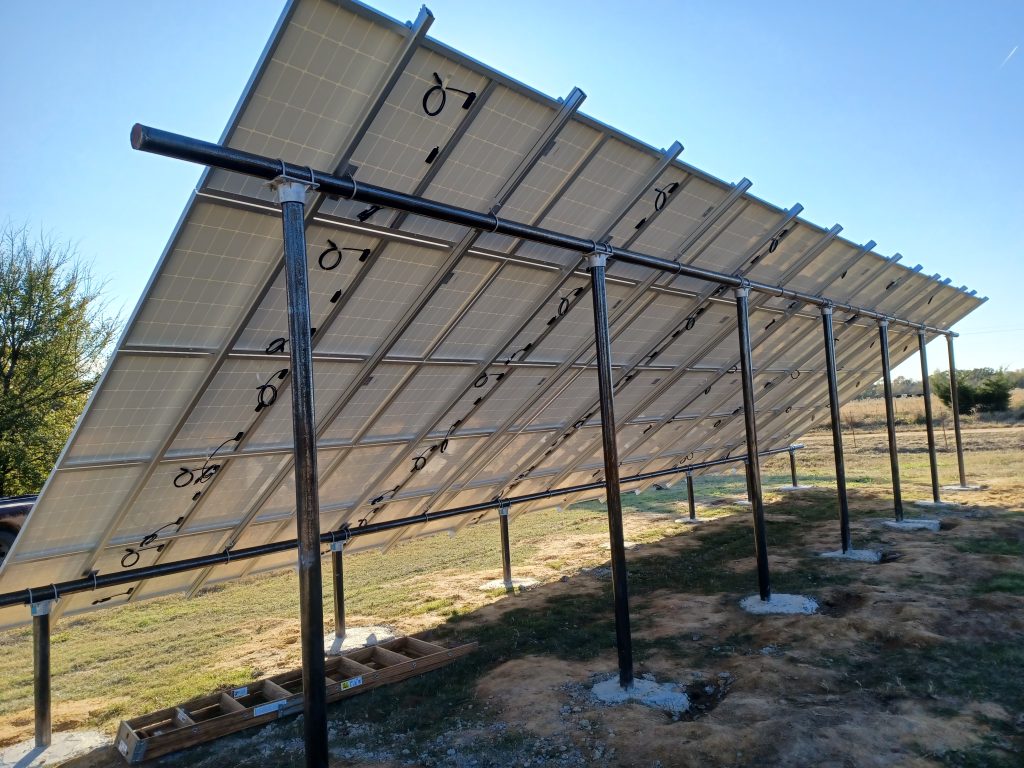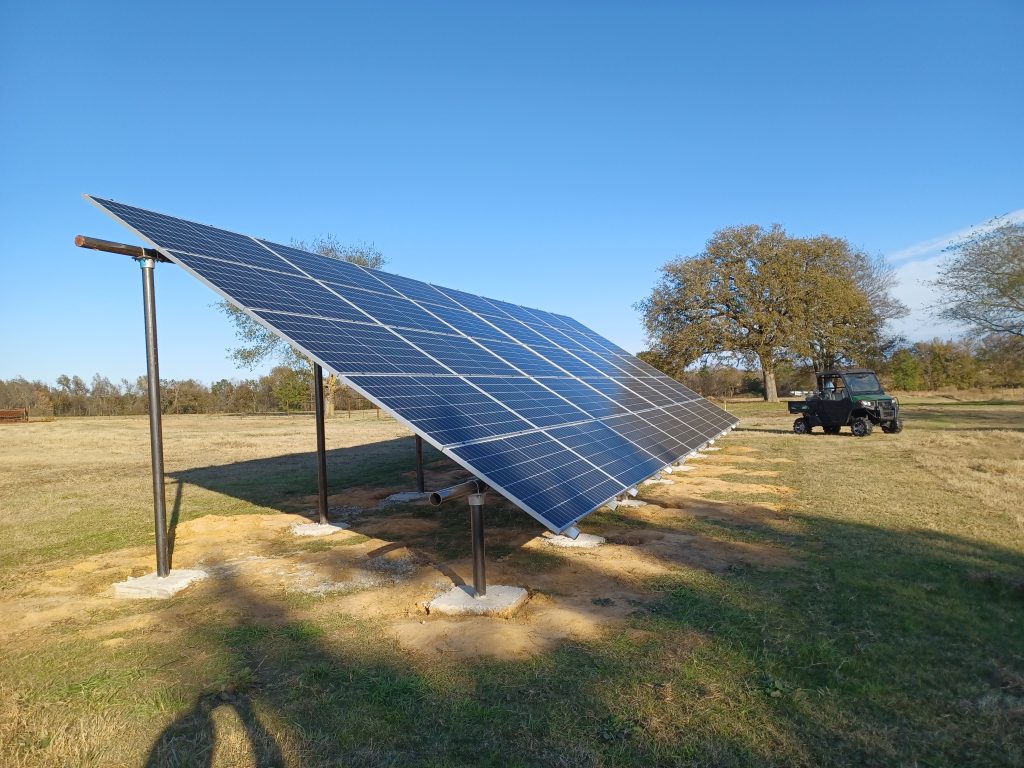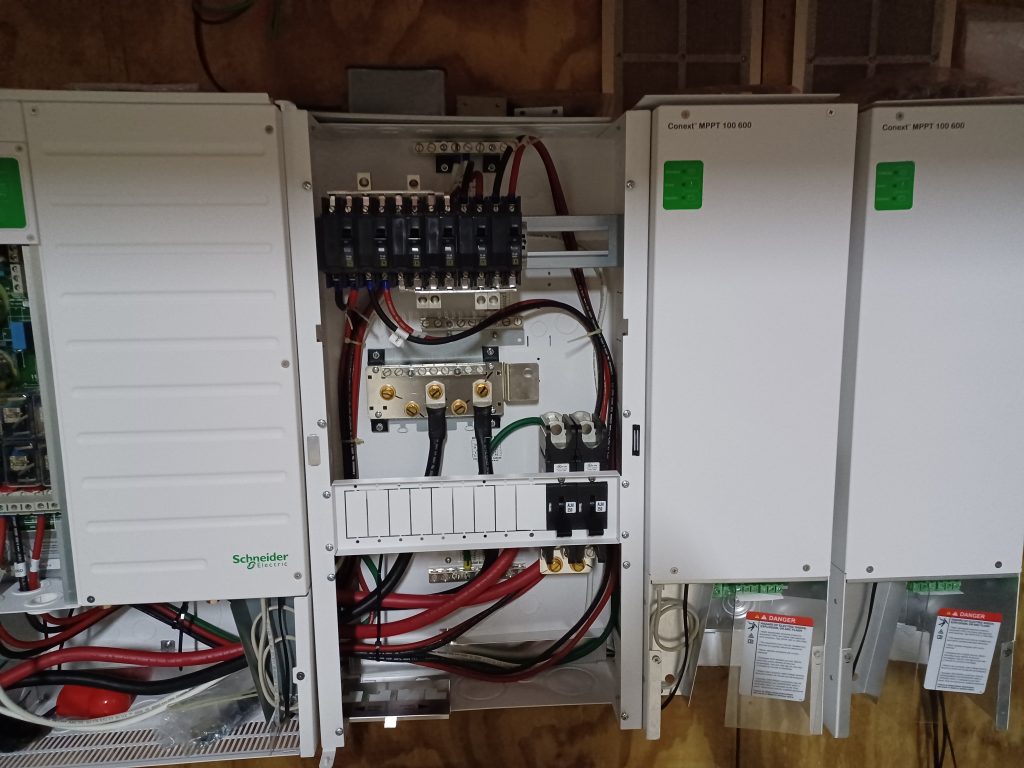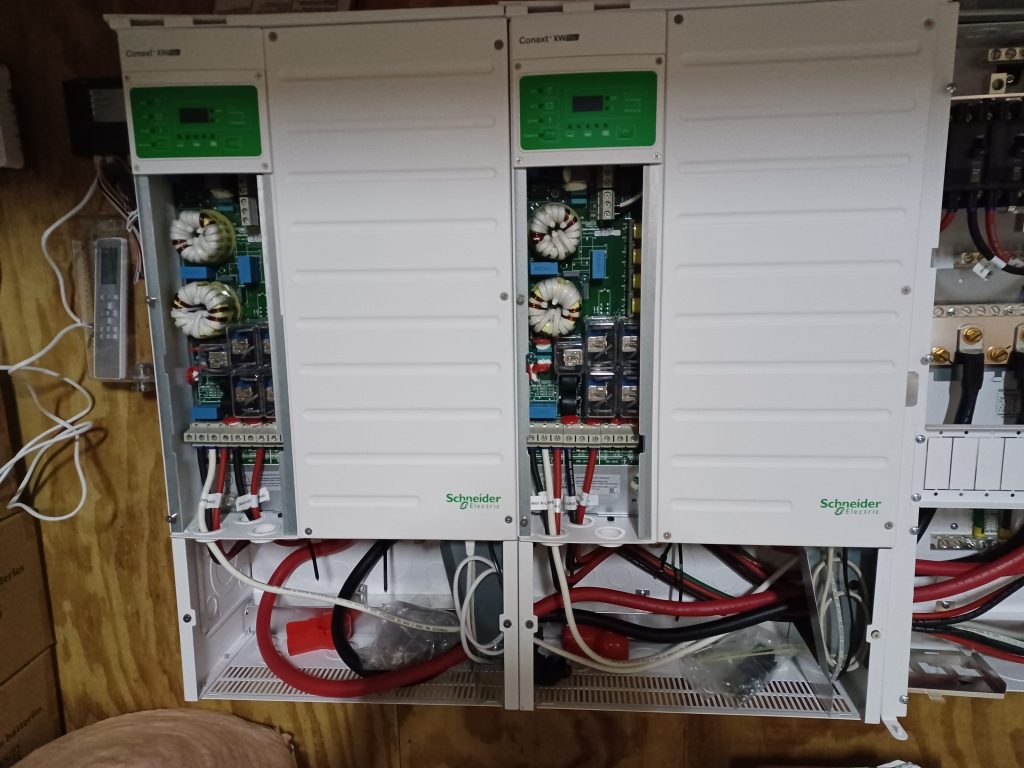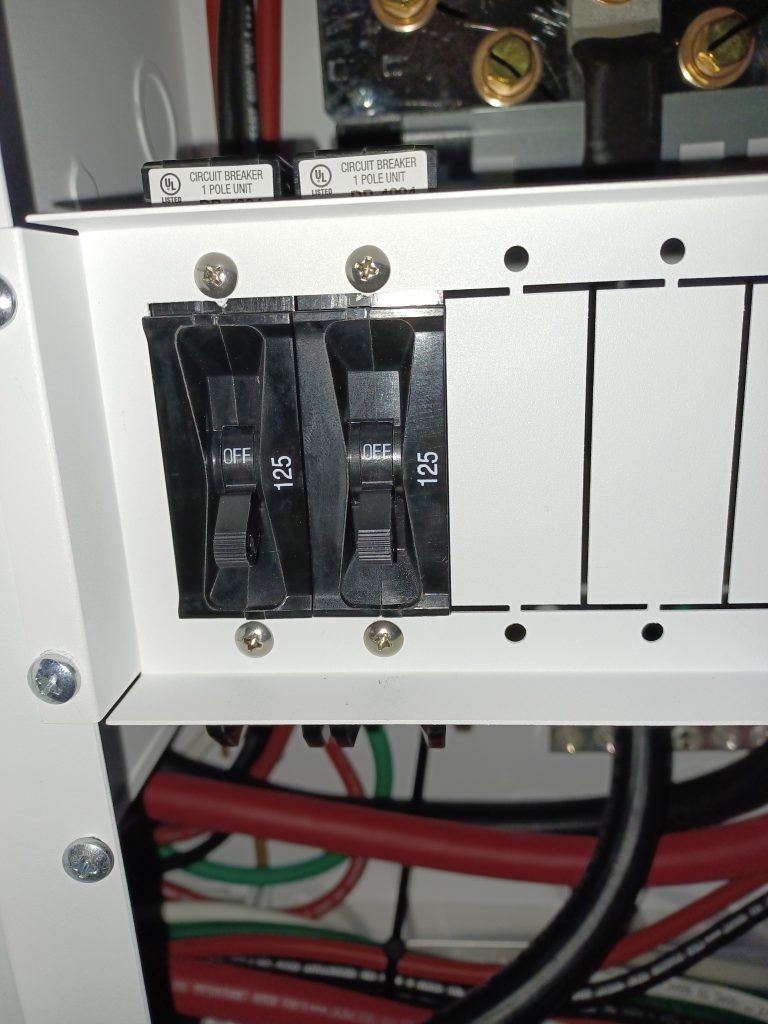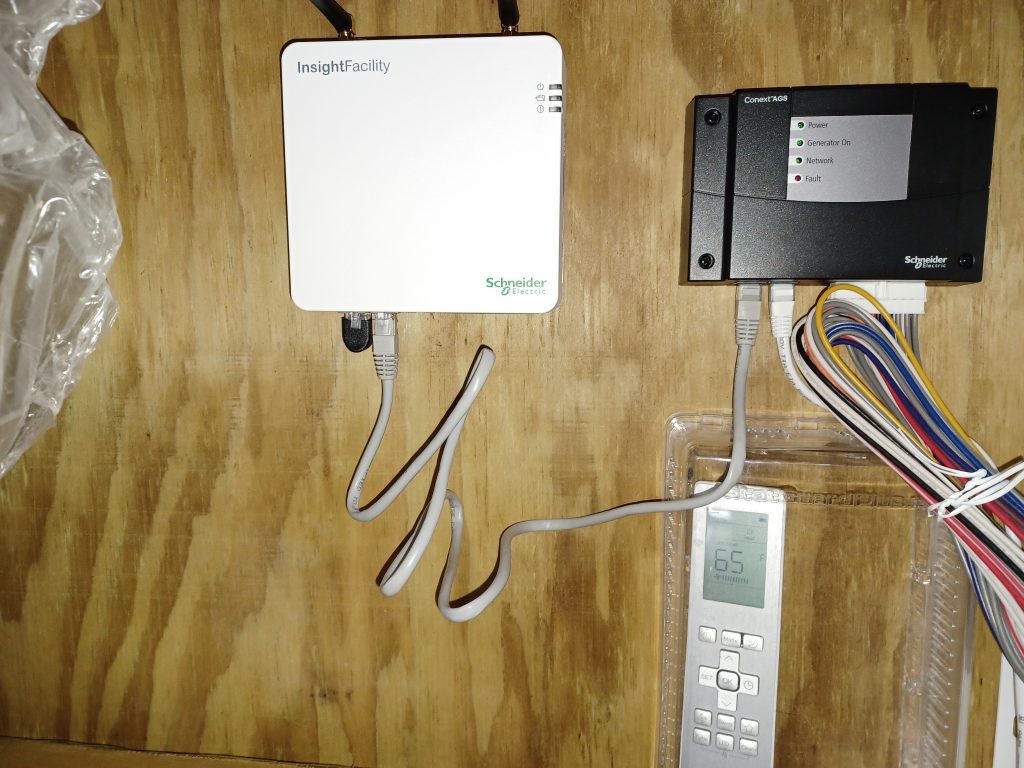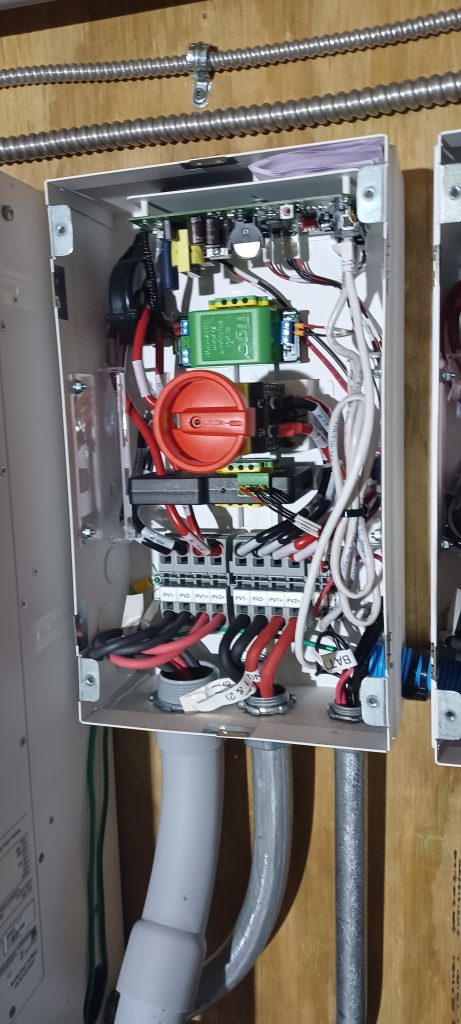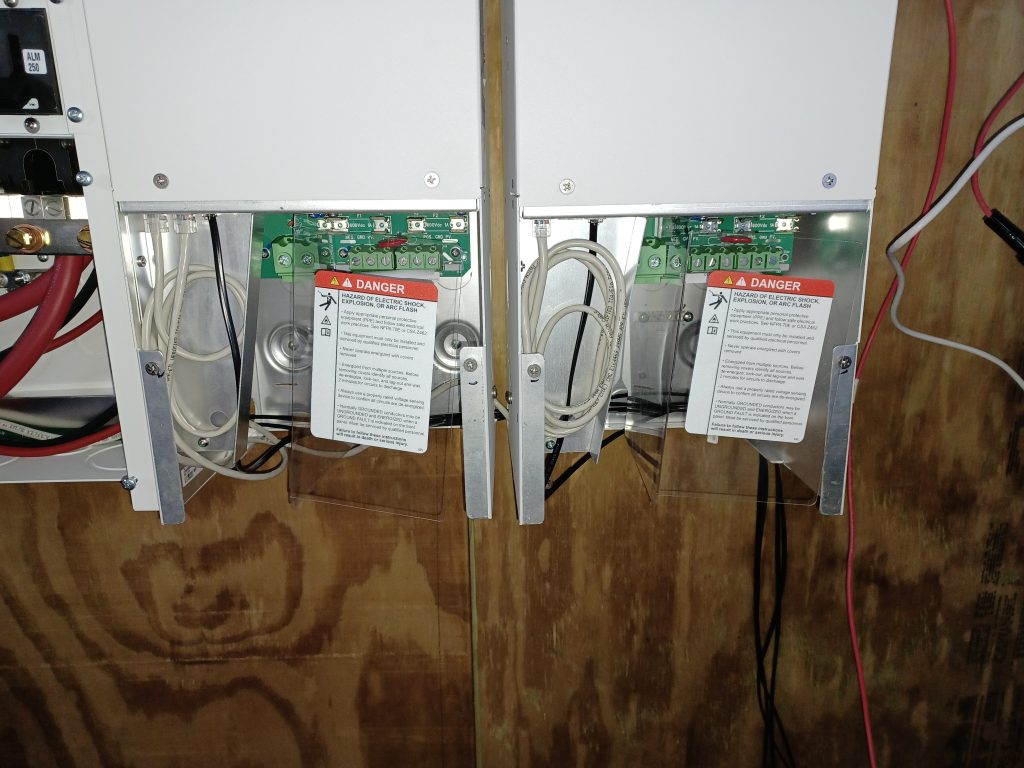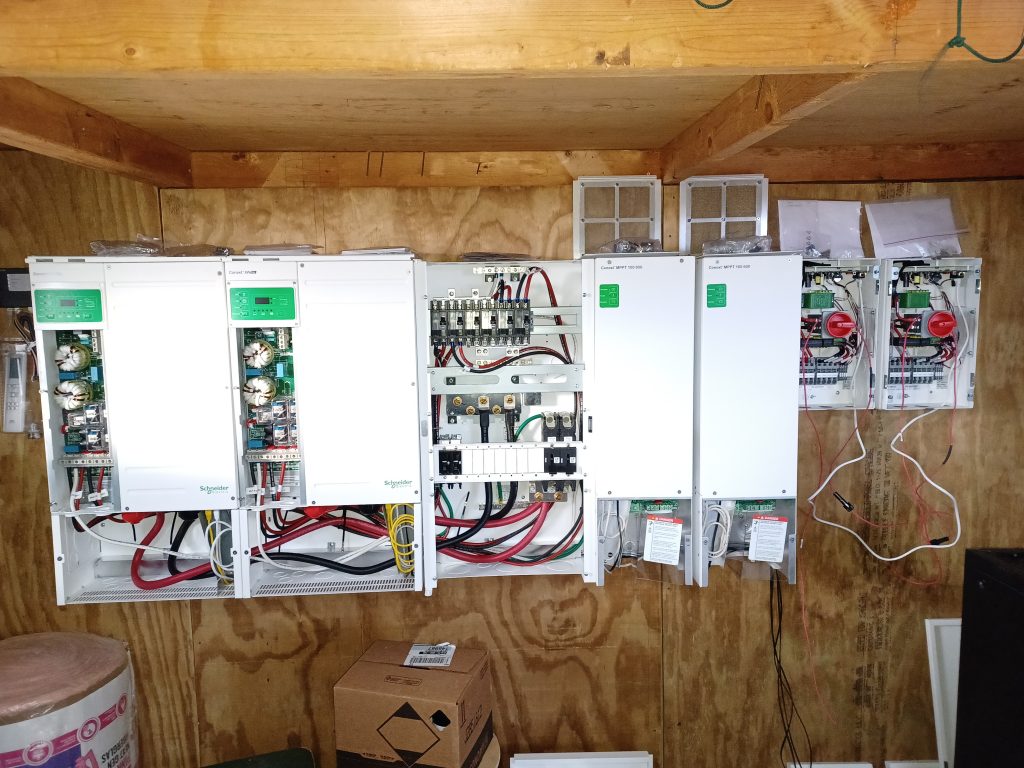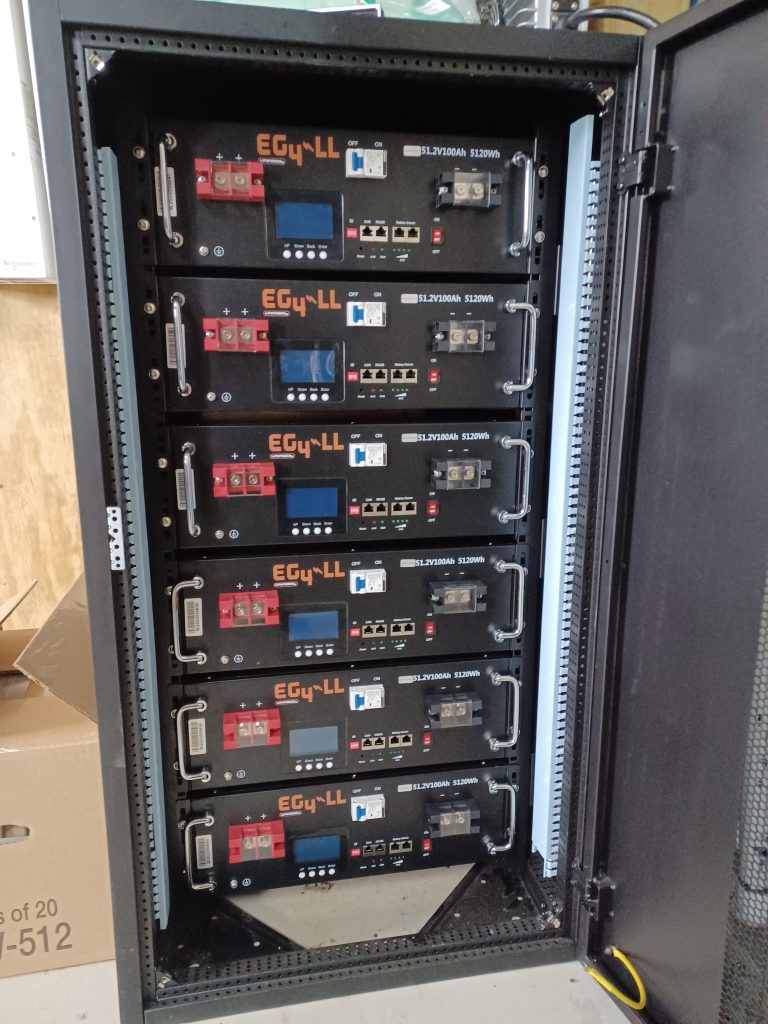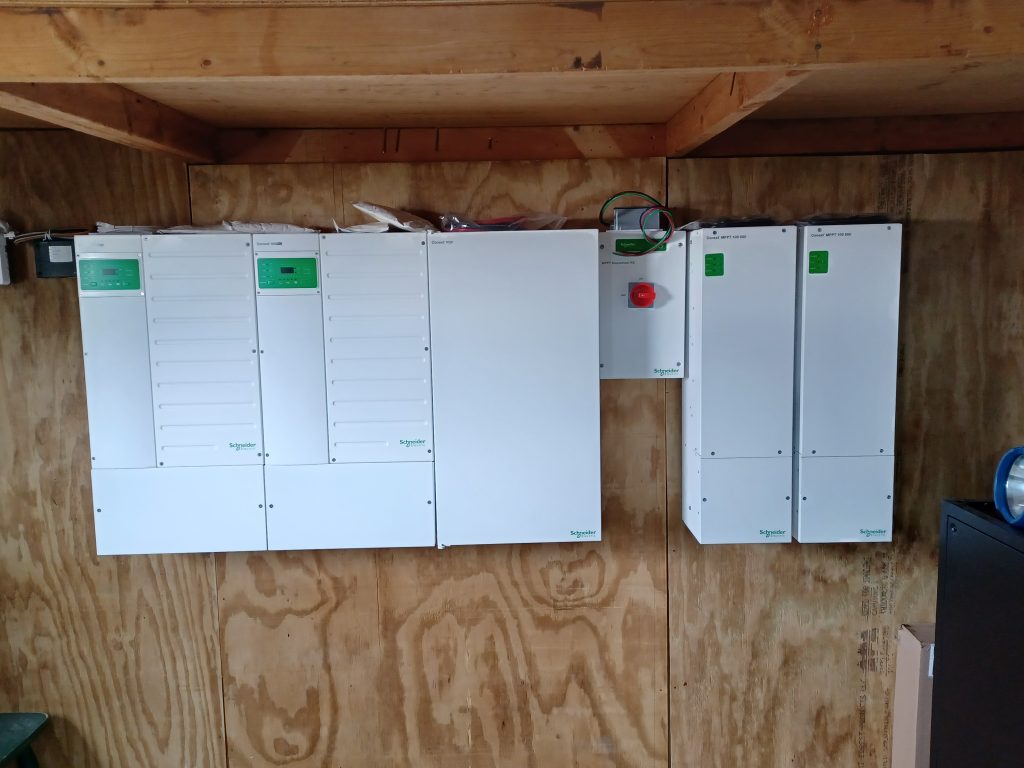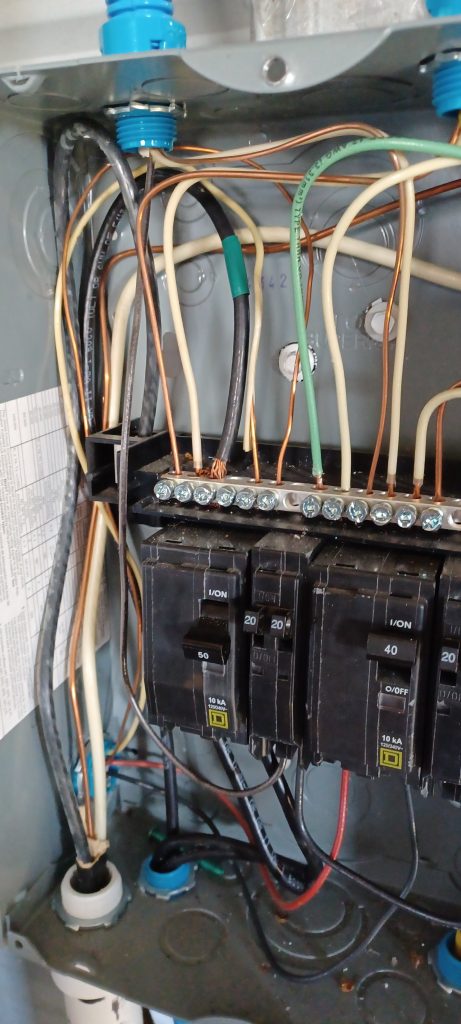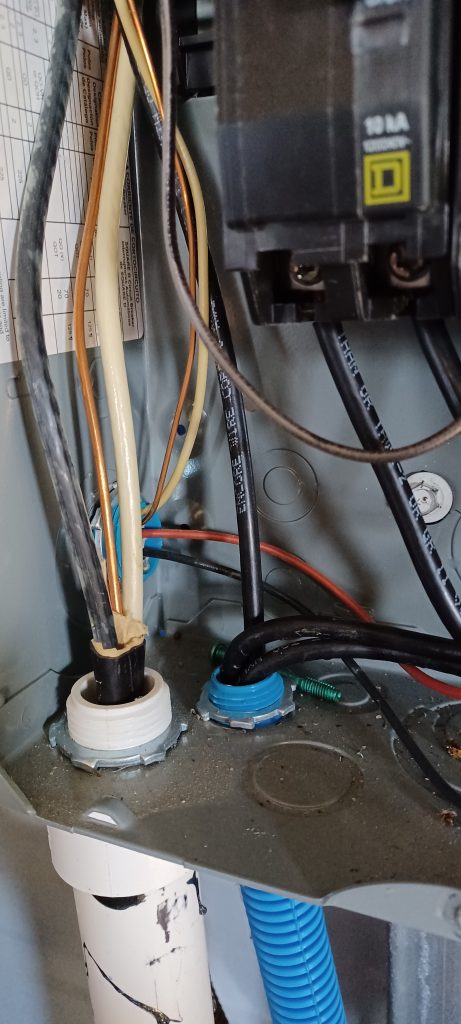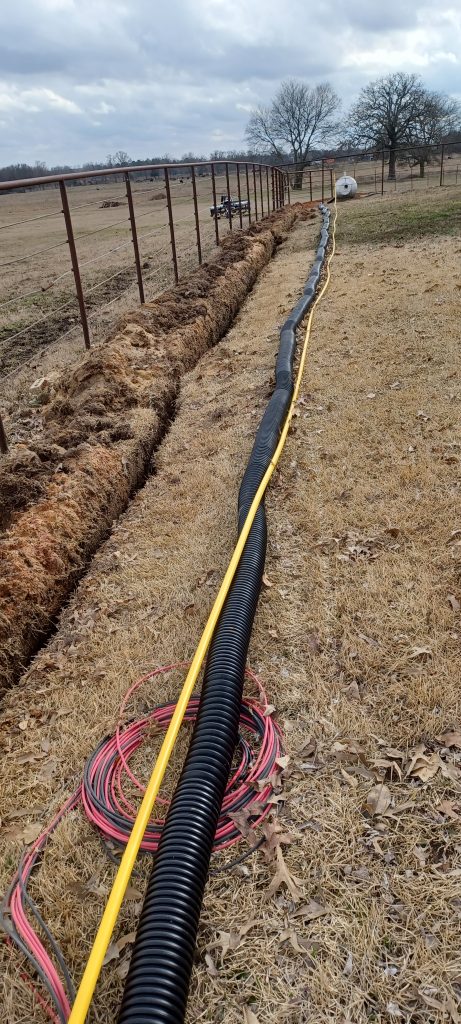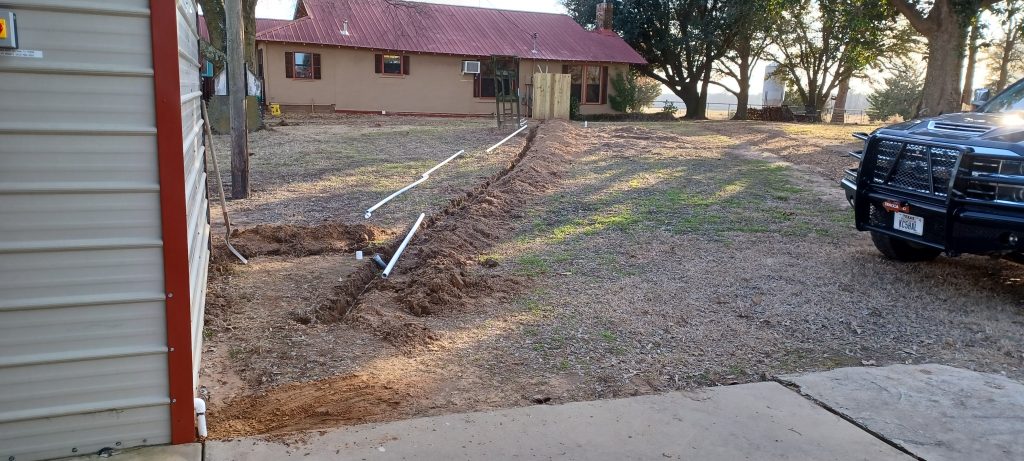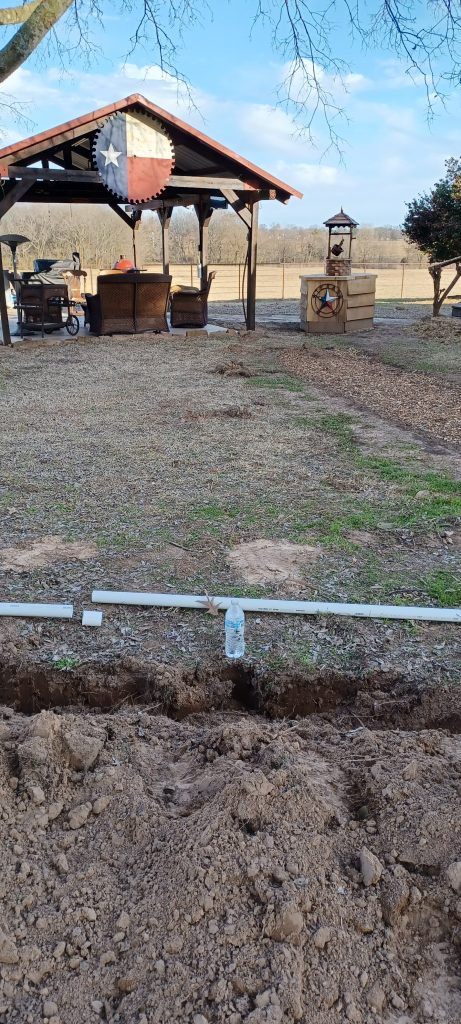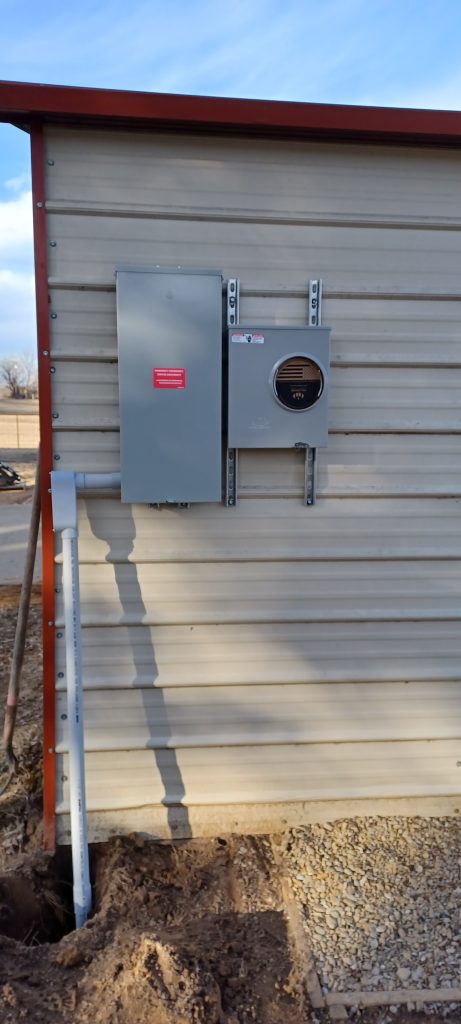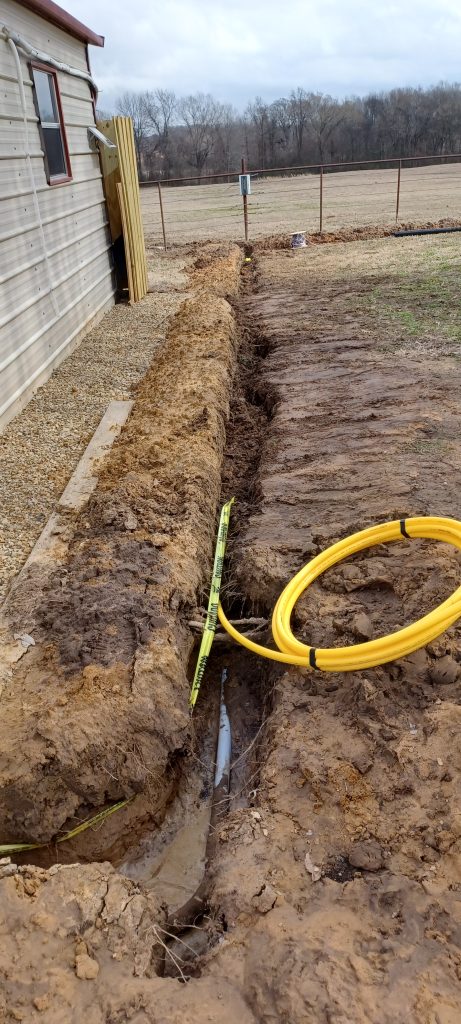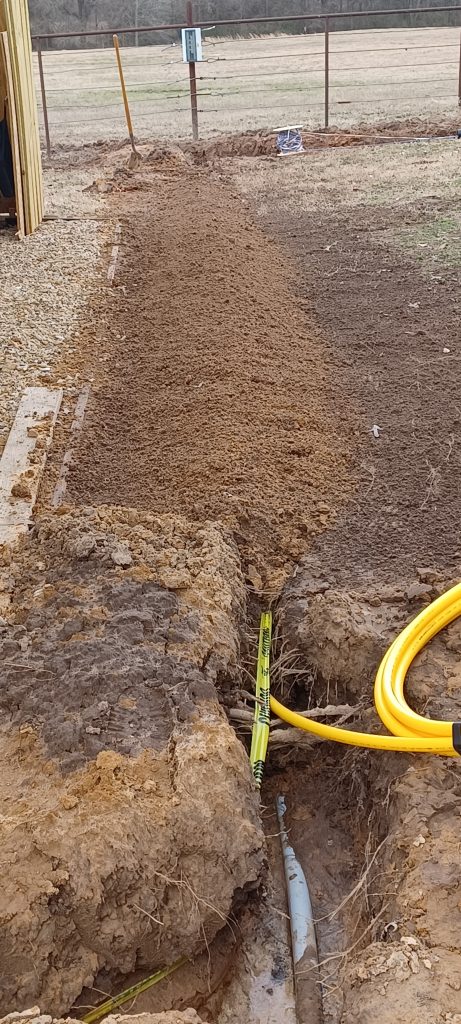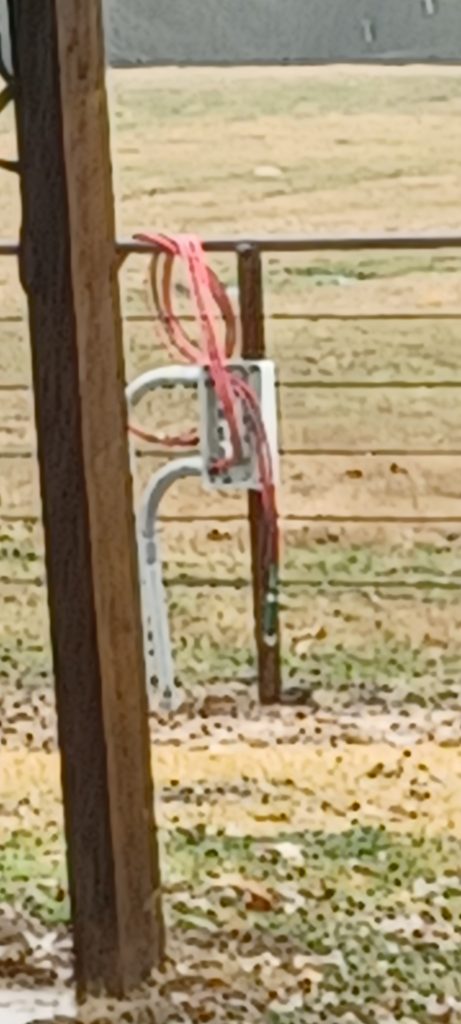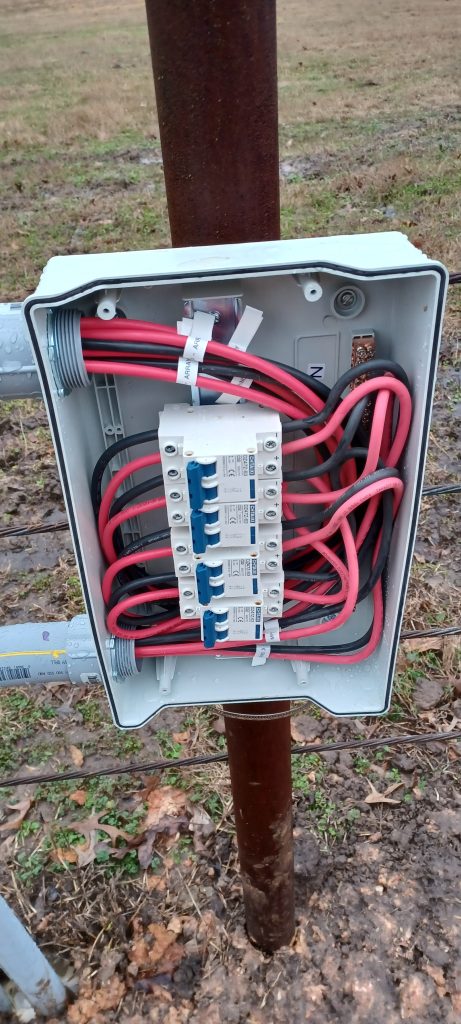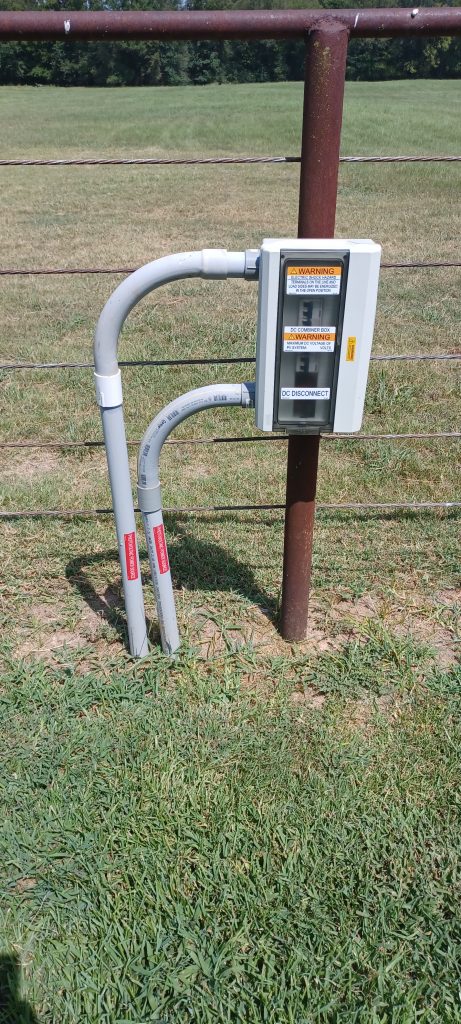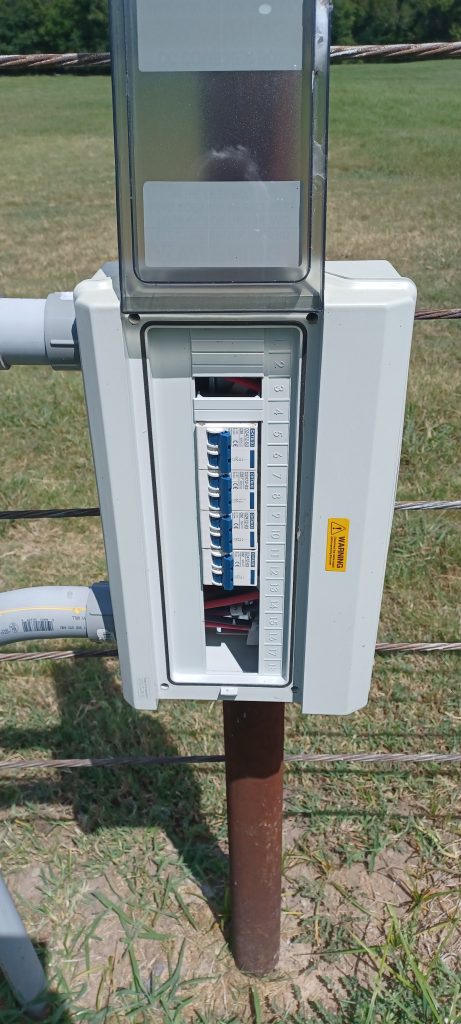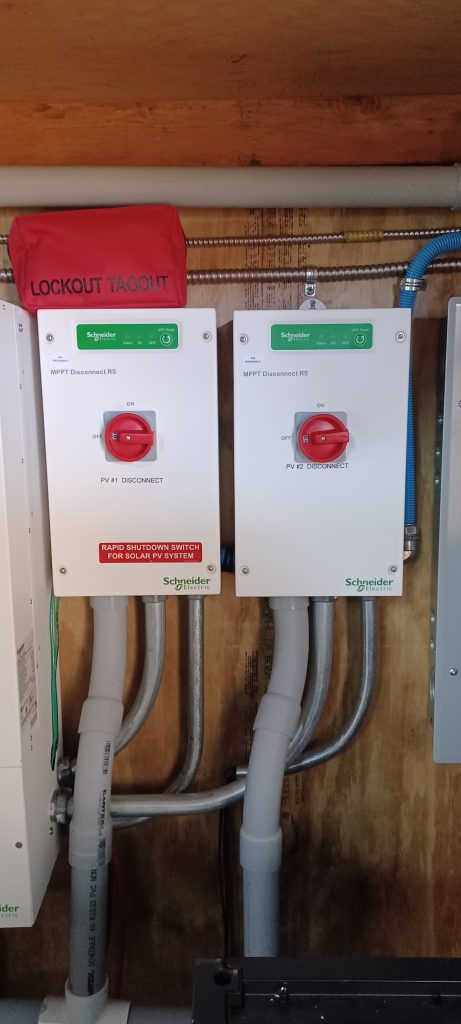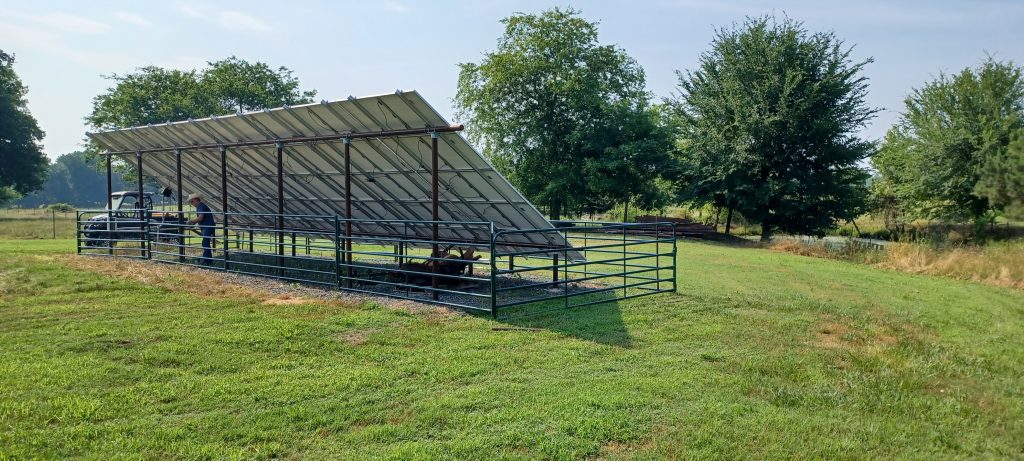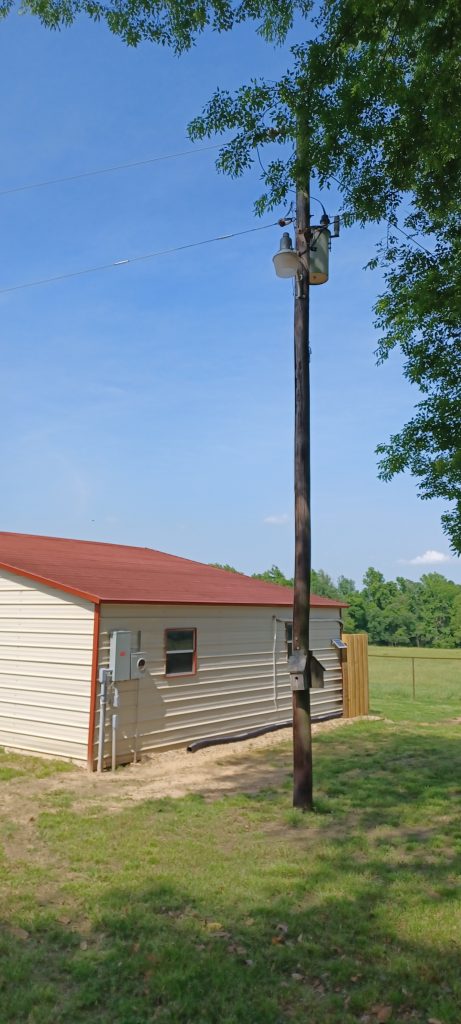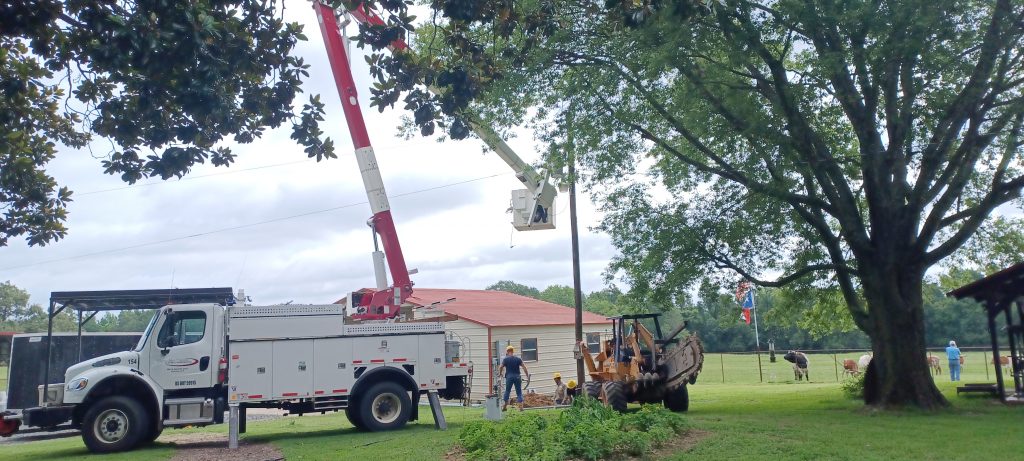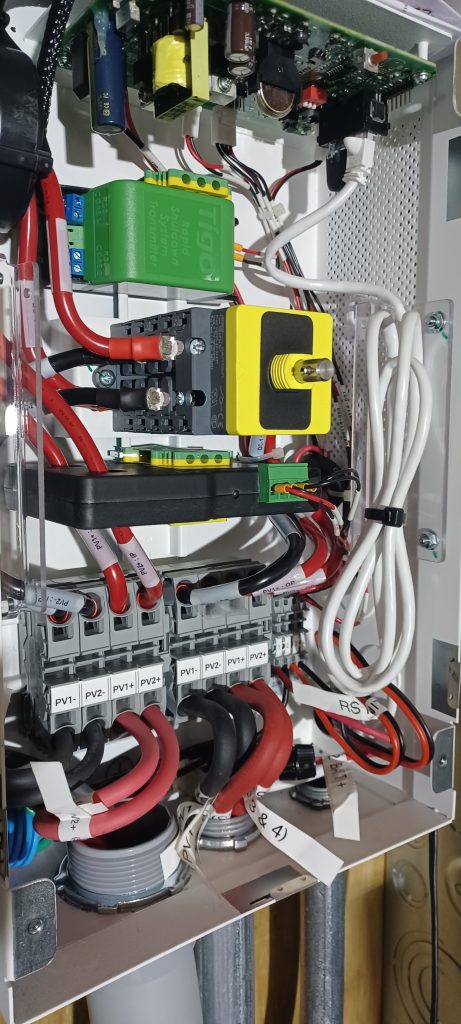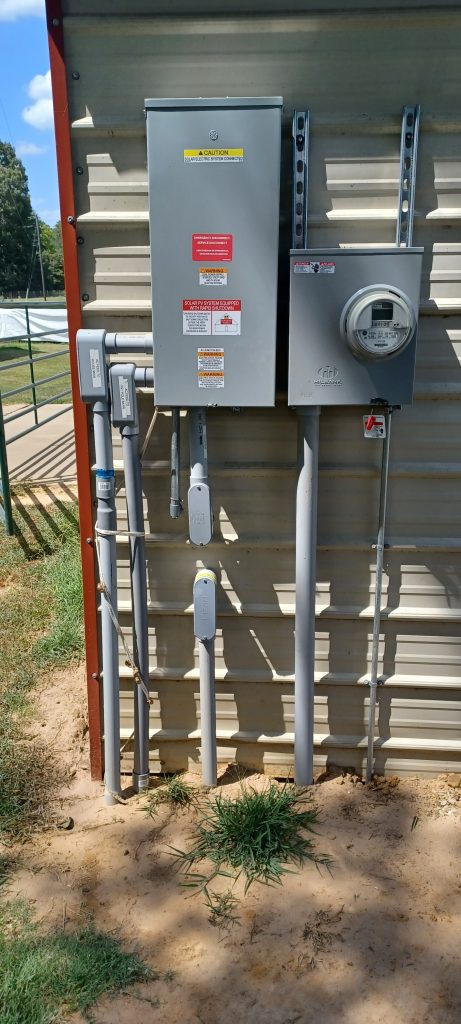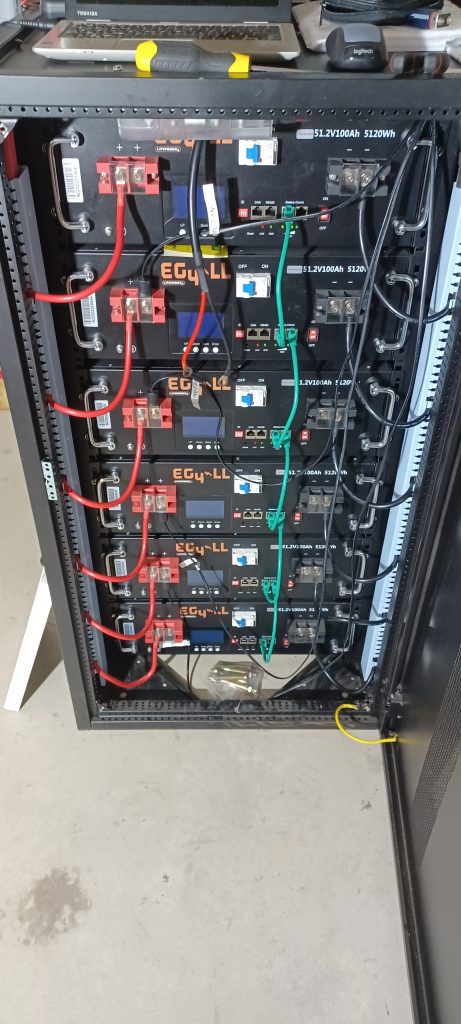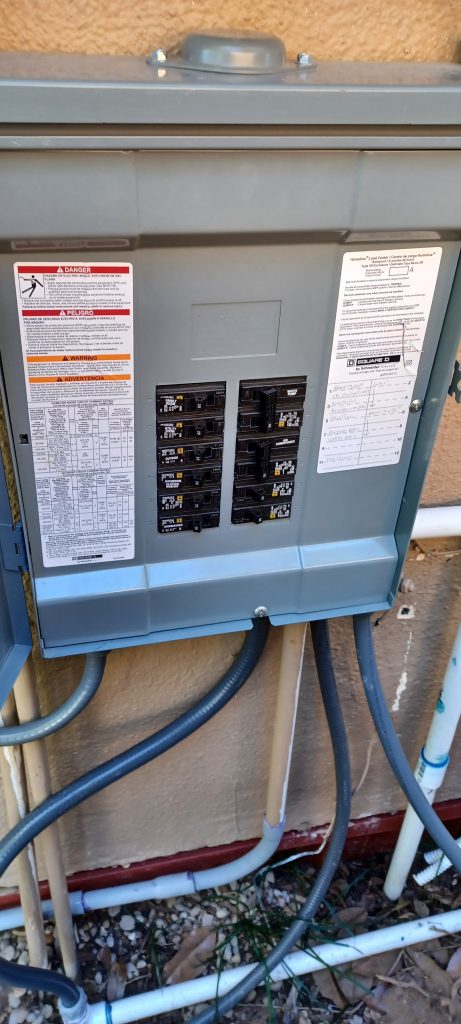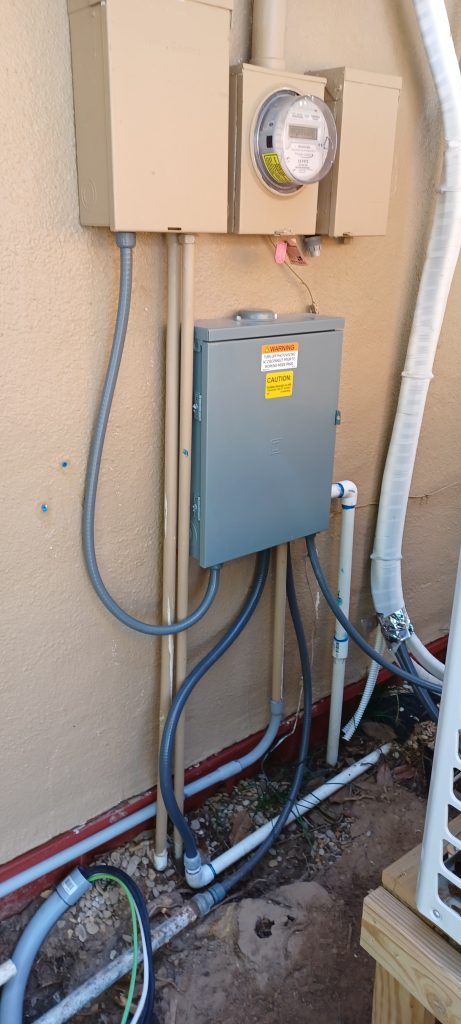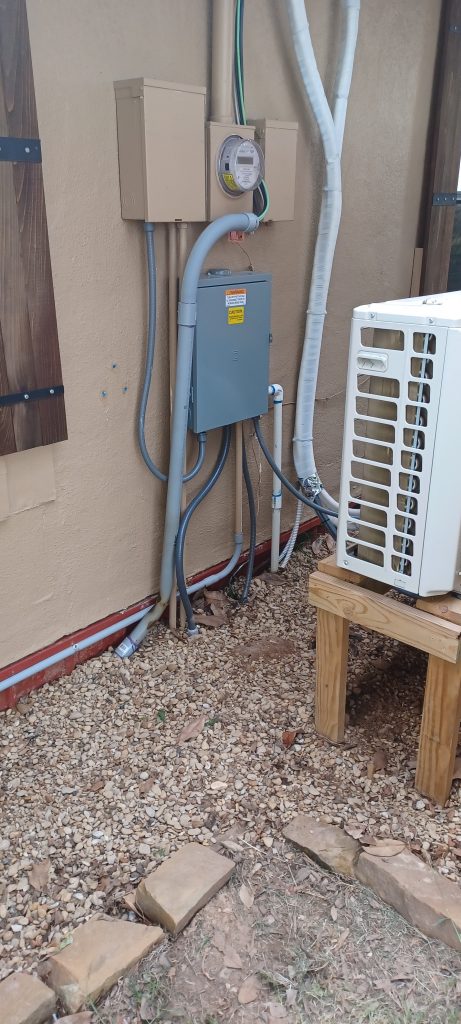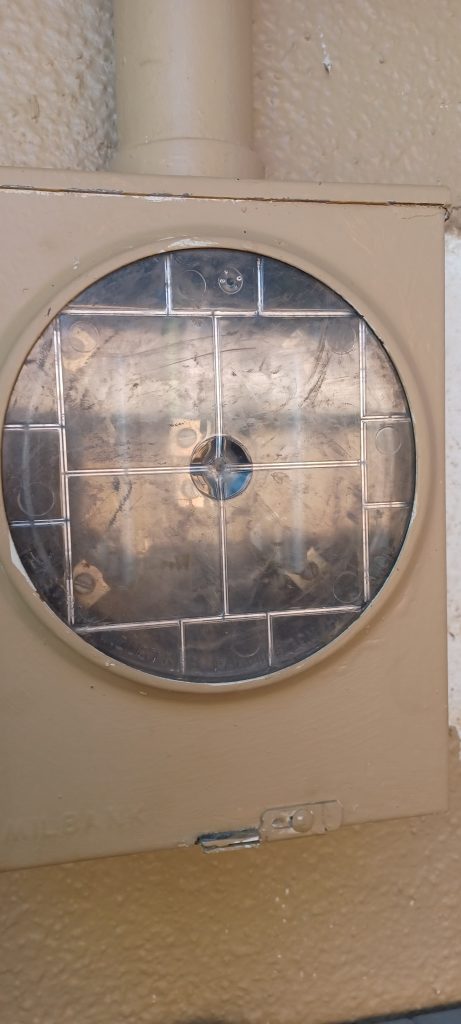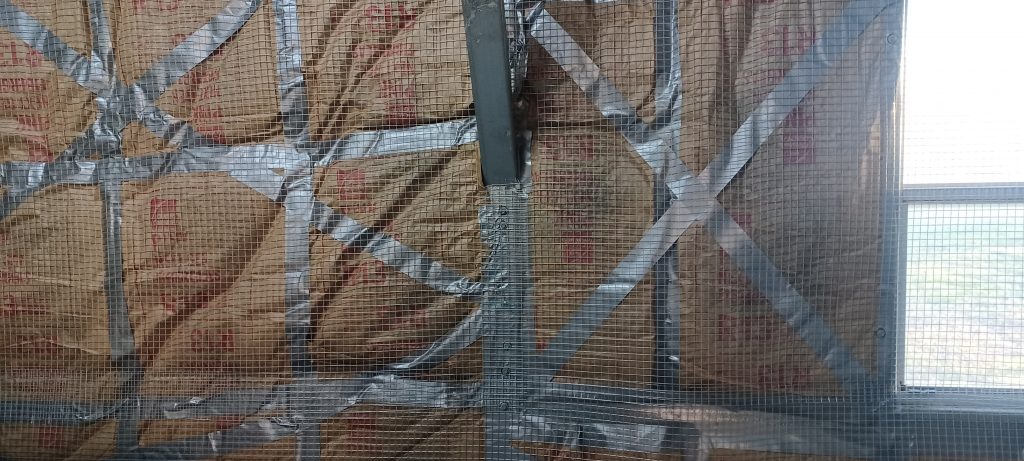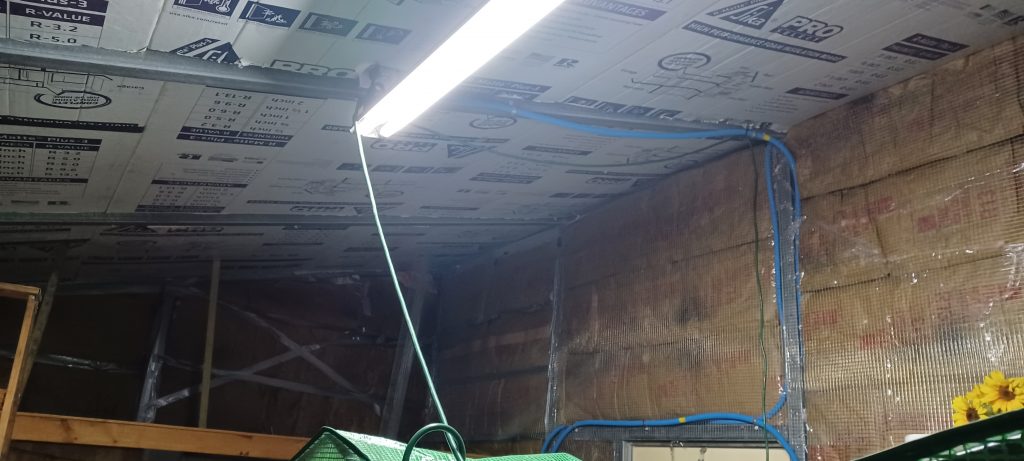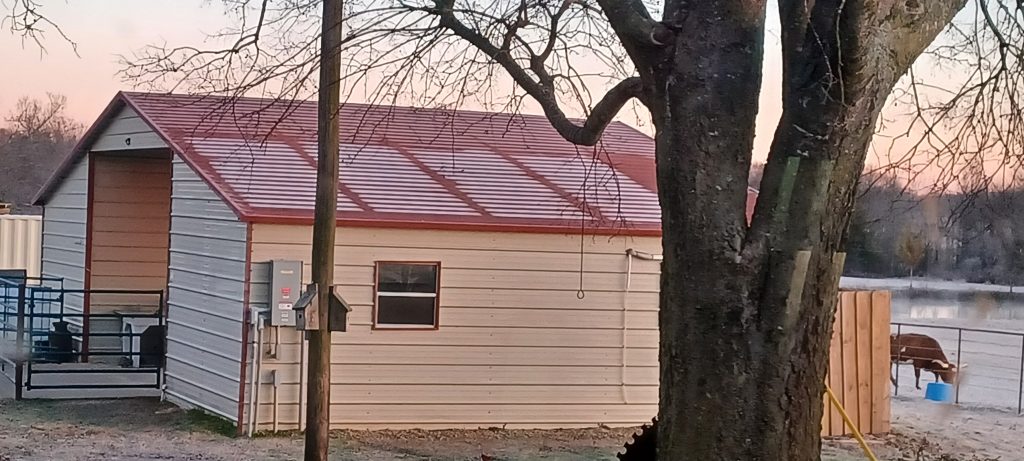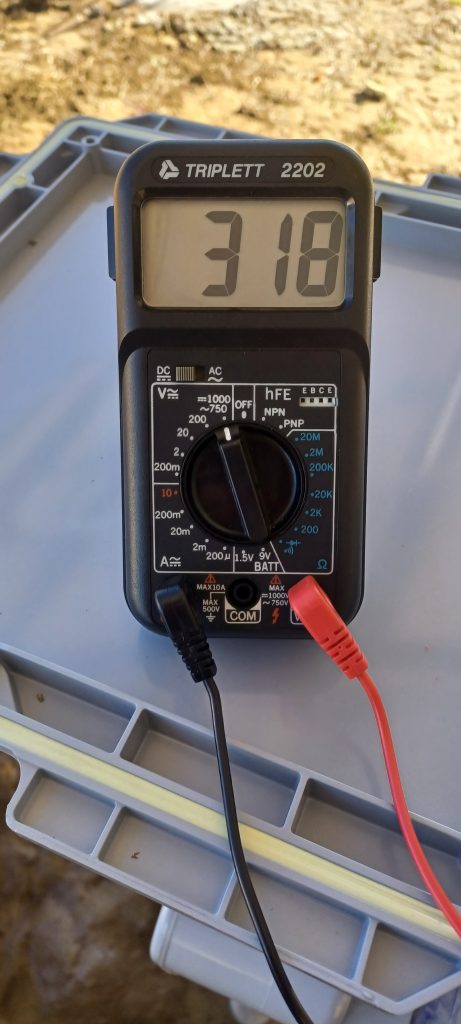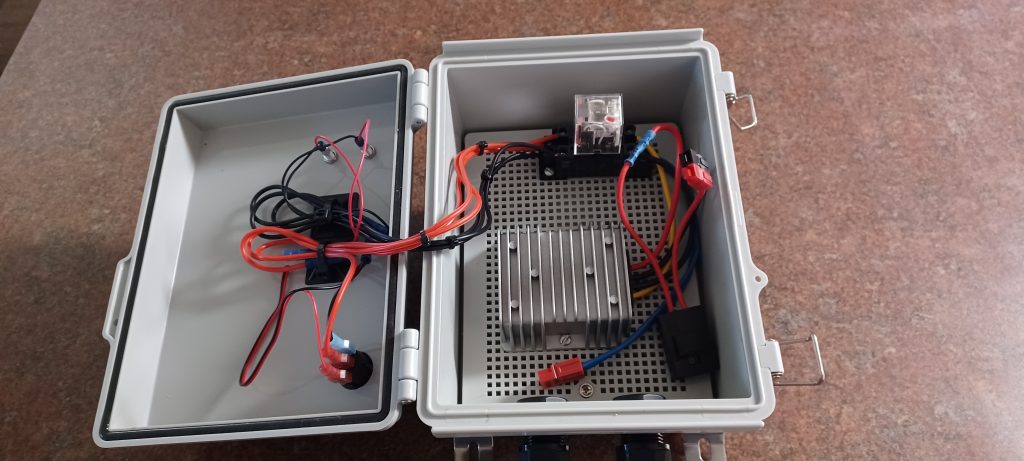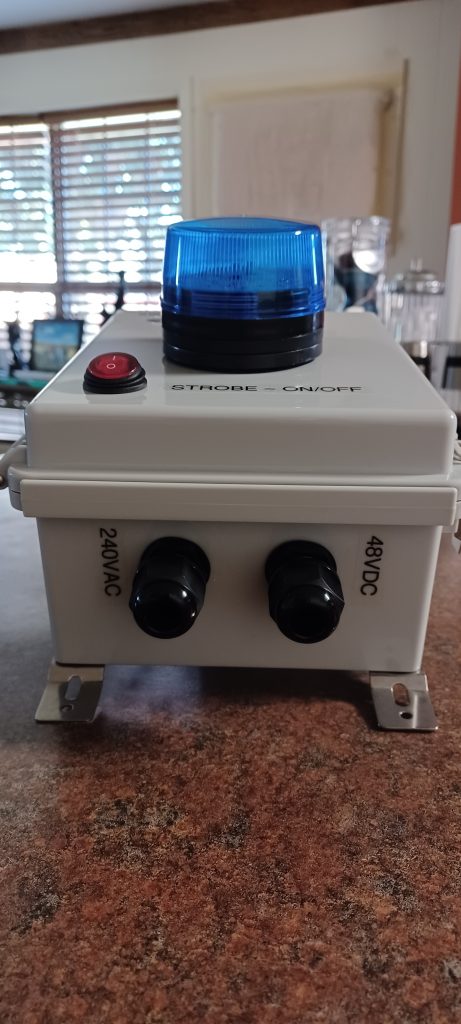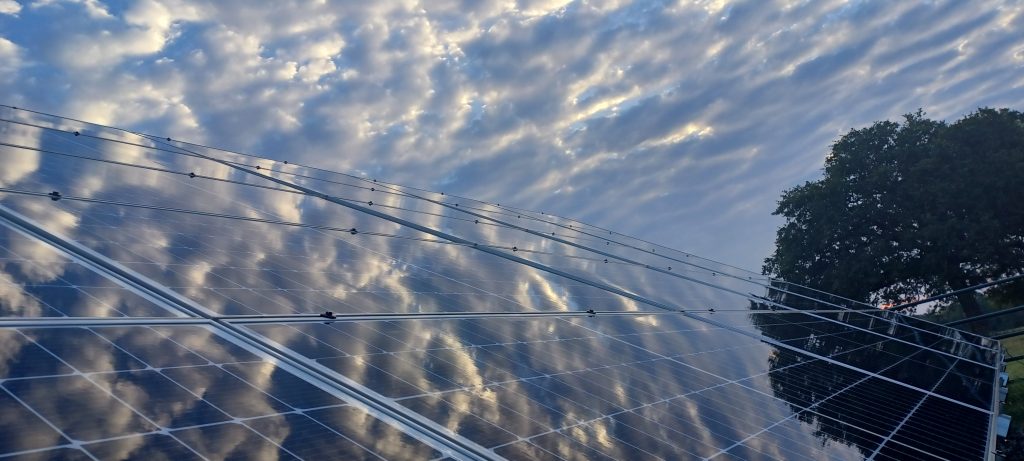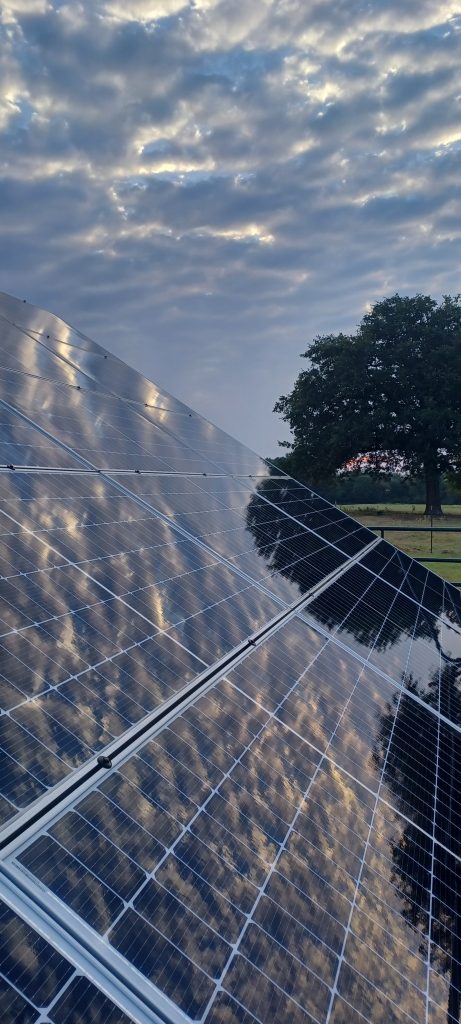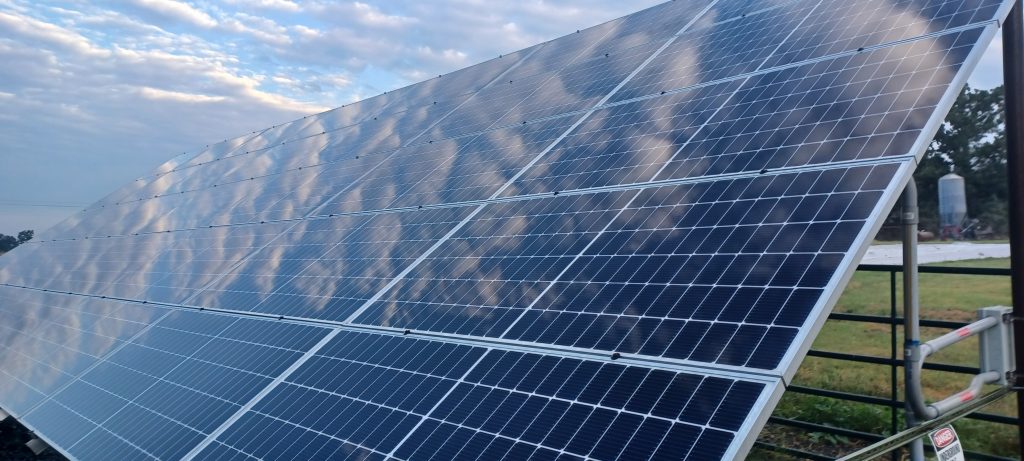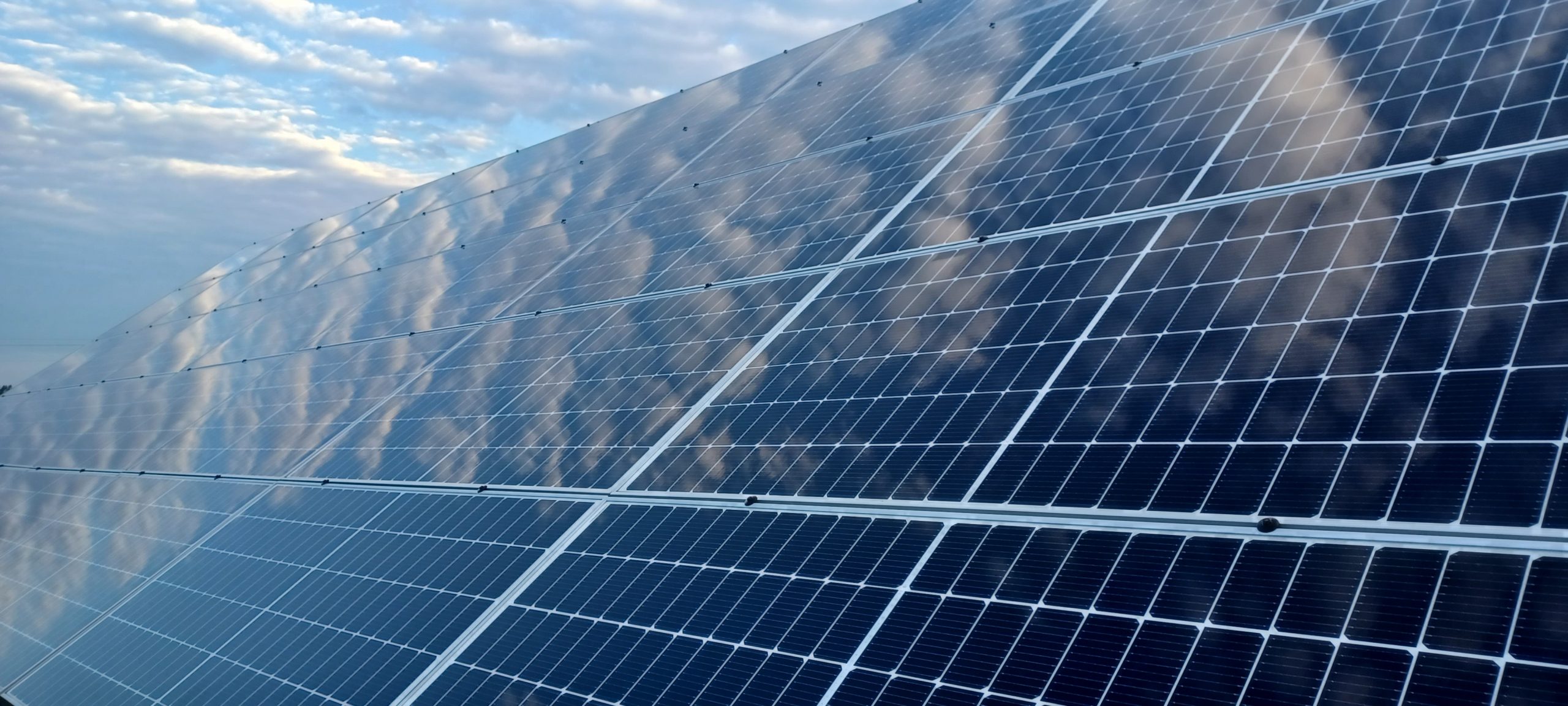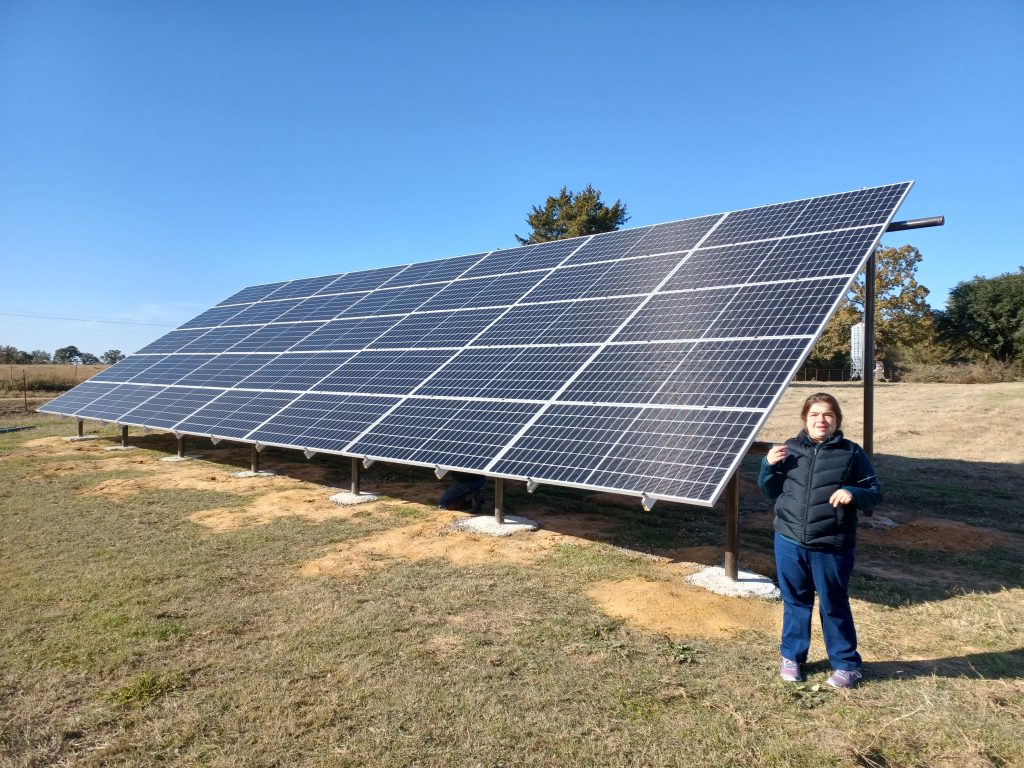
From the beginning our plan was to build infrastructure to support all aspects of the farming and ranching aspects of the operations.
Buying a 85 year old farm house meant that much work would be required to rewire and upgrade and convert the electrical systems to solar capabilities. Obviously, integrating new technology into original electrical wiring and electrical panels became a project within itself. It’s clear that over time, farmers were not inclined to update original systems to electric code; but, after getting into this project we did make the changes along the way. As you look at the old wiring panels, look for the combined grounds and neutrals — yes, they can bite!
Special shout out to Reggie for an idea to install a real time grid monitoring systems. Reggie built our new ponds and asked if I would build a solar system for his farm. He asked me to install a strobe light that would indicate if the grid was up or down. After searching for such a device which I could not find, I just built one for me and for him. This blue strobe light indicates when the grid is down and the farm is running off battery & solar, and indicates when grid is restored.
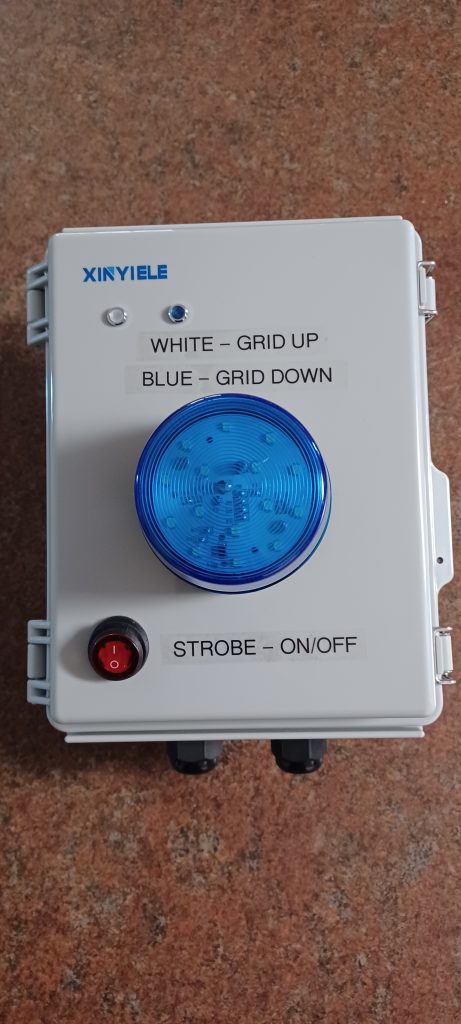
Out initial system is based on a fully redundant inverter/controller configuration to produce 100% of the power necessary to operate each month. The solar array is capable of collecting 14KW of power each hour, with 30KW battery storage capacity and 13.6KW inverter capacity to supply power for the house, barns, shops, RVs and other electrical demands on the farm.
Now that our high tunnels are constructed, we will add another 6KW of solar collection and inverter capacity to service the high tunnels, irrigation pumps and lighting.
The solar project was the first major infrastructure endeavor for us. We knew that being in the rural area of Texas that 1) power could be unreliable, 2) electricity for the farm would be a significant operating cost and getting more expensive every year; and, 3) we could use cleaner, renewable energy in keeping with our mantra to repurpose, recycle and renew.
The core aspects of the project were:
- Build the array
- Lay the DC lines
- Relocate the existing electrical lines underground
- Rewire the existing farm house, barn and pavilion
- Select, purchase and install the equipment
- Tie into Bowie Cass Electric (this is a produce what we need and sell the rest configuration)
- Build the battery bank
- Turn the system on
The project took time. I had never worked with the Schneider Solar equipment prior to starting this project. Fortunately, my 3+ decades in technology infrastructure made it possible to DIY this project. After calling multiple local electricians and the power company, I quickly understood this project was beyond the experience of the local folks. The good news is they wanted to learn and I was able to turn the project into a teaching and knowledge sharing experience for all of us.
A special thank you to Eduardo, Ronaldo, Terry, JR and Dealers Electric, Signature Solar and Baywa for the help and great customer service. As a result of locals seeing this project rise above the ground, we have received requests to help other farmers and ranchers design and build systems like this for their homes and farms. For more information about the products and costs typically associated with solar projects like this visit:
https://aea-innovations.com/solar
